The 1973 Buick GS Stage 1 four-speed is a rare, forgotten muscle machine
Buick’s public relations department was asleep at the wheel in 1973. Although the brand’s Gran Sport Stage 1 was among the stoutest of the remaining midsize muscle cars offered that year, it was largely ignored by most of the major contemporary car magazines. Car and Driver, Road & Track, Hot Rod, and others failed to publish road tests of the GS, which offered more cubic inches, horsepower and torque than almost anything else coming out of Motown.
Due to a quartet of fun killers—stricter emissions controls, increased safety regulation, the rising cost of gasoline, and insurance companies targeting owners of big-cube performance models—the original muscle car era was all but wound down by this time. However, there were still some worthwhile factory hot rods in showrooms. Yes, the big bad Hemi Mopars, LS6 Chevelles, and Boss 429 Mustangs were long gone, but the Malaise Era of leaned-out smog motors hadn’t fully kicked in yet. The catalytic converter was still two years away. Buick, along with Pontiac, was among the most resilient brands when it came to power and displacement, and in 1973, it was still making true muscle cars.
Most magazines were frothing over and devoting pages to Pontiac’s new Super Duty 455, which was the hottest engine to come out of Detroit in years. But Hot Rod’s editors weren’t oblivious to the mighty Buick, which matched the SD-455’s 390 lb-ft of torque and delivered it 600 rpm sooner at just 3000 rpm. In the October 1972 issue, the publication called out the 1973 GS Stage 1 as one of Detroit’s best buys, along with the AMC Hornet Hatchback, Chevy’s Camaro LT, Ford’s Pinto Wagon, and the Pontiac GTO.
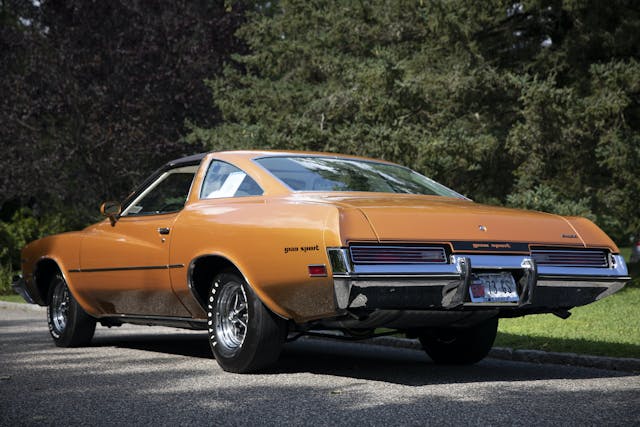
Motor Trend was paying attention. It included a Buick Century GS Stage 1 in its 1st Annual Flat-Out American Classic shootout, along with a Super Duty Pontiac Trans Am, a 440-powered Dodge Charger, a Chevy Laguna with a 454, a 351-powered Mustang fastback, and a 401 AMC Javelin AMX. Testing took place at Ontario Motor Speedway in California, and the GS, which the magazine called the dark horse of the bunch, did more that just hold its own. It kicked some ass.
None of the aforementioned cars could match the acceleration of their beloved pre-Malaise predecessors, but the Buick’s 7.4-second 0-60 time matched the Charger’s performance for second place—right behind the 7.3 second run put down by the Pontiac. The Stage 1’s 15.3-second quarter mile run was just a tenth of a second behind the Dodge and three tenths behind the Trans Am.
“Buick has always gotten a bad rap when it came to performance,” says Carl Rychik, who runs The Buick Gran Sports Stage page on Facebook, “but the hardware was always there. They were always more expensive than others, but you got your money’s worth. The cars ran hard, but they also rode better than the others, and they were quieter. They were just better.”
Carbs, cubes, and stages
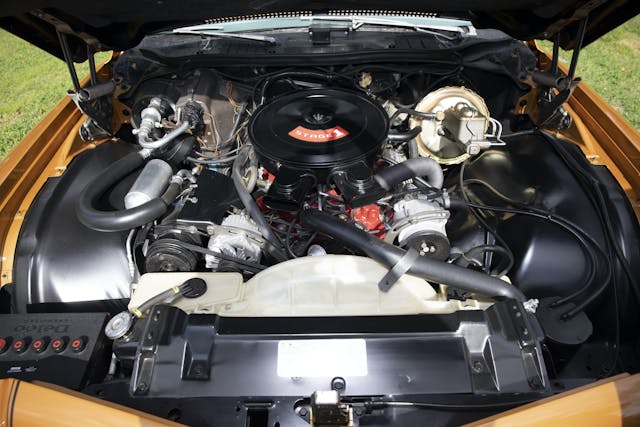
Most enthusiasts will tell you that real street performance at Buick ended when the 547th GNX rolled out of ASC/McLaren’s facility in 1987. Few realize that Buick performance dates all the way back to 1941, when it introduced the Compound Carburetion system.
Breathing through a pair of two-barrel carburetors, the 165-hp Straight Eight was GM’s most powerful engine that year and it made the Century, Roadmaster, and Limited models some of the hottest street cars in America. (Arguably the first muscle cars, too.) Overhead-valve V-8 power arrived in 1953 with the “Nailhead,” which was also eventually available with multiple carburetors on the first high-performance Gran Sport model. Dubbed the Executive Express, the 1965 Riviera GS was packing dual quads, 425 cubic inches and 360 horsepower.
Later that year, the Skylark Gran Sport became Buick’s answer to the Pontiac GTO, which had hit the street the previous year. It was swinging the most cubic inches in the muscle car game: 401. Two years later, an all-new Buick V-8 hit the street with a more conventional wedge-chambered cylinder head design and displacements of 400 and 430 cubic inches.
The GS-400 became an immediate player in the growing muscle car battles, both in the showrooms and from stop light to stop light. Then, Buick got serious. The Stage 1 arrived in 1968, and the “Stage” series of ultra high-performance big-cube V-8’s would remain the pinnacle of Buick performance until the turbo V-6 era of the mid-1980s. By 1970 the Stage 1 peaked with 455 cubic inches, 360 horsepower and 510 lb-ft of torque. Five. Hundred. Ten. That’s the most of any muscle car in the era, and with this engine a GS 455 or GSX became a 13-second car.
“Buick’s commitment to high performance was manifest in a series of Stage motors, some promoted via advertising and deal sales material, others hardly acknowledged,” wrote Martyn L. Schorr in his 1987 book Buick GNX. “For example, the 1970 Stage 1 455 was widely promoted, while the 1968 Skylark GS Stage 1 was never officially listed in sales material. The 1969 Stage 1 400-CID engine was a very limited production option and the Stage II restricted to dealer installations and do-it-yourselfers. In 1970, loyal Buick drag racers were advised of a special Stage II package, yet only a few complete Stage II assemblies were ever released.”
In 1971, the decline began. Compression ratios were dropped across the industry for the oncoming, lower-octane unleaded fuel. The squeeze inside Buick’s 455 Stage 1 plummeted from 10:1 to 8.5:1. Power fell to 330 horsepower and 455 lb-ft and then in 1972 gross output ratings were replaced with the net system; numbers dropped again to 270 horsepower and 390 lb-ft.
Those remained big numbers in 1973, when nothing was making over 300 horsepower. Even Pontiac’s SD-455, which was originally rated 310 horsepower was quickly corrected to 290. A 454 Corvette was only packing 275 horsepower and 395 lb-ft. and the strongest GTO had just 250 horsepower.
Pillars of Performance

Buick’s big-dog engine was essentially unchanged since 1971, but the Gran Sport Stage 1 did get slower in 1973 because the cars got heavier. Some say they also got uglier, but we disagree.
GM redesigned its entire midsize line that year. It restyled and reengineered the Buick Skylark (renamed the Century), Pontiac LeMans, Oldsmobile Cutlass, and Chevy Chevelle. The lineup’s 112-inch wheelbase was unchanged, but the cars were considerably longer and their roofs were designed for more intense rollover safety regulations that were anticipated but ultimately never arrived. This meant sexier hardtop and convertible body styles weren’t offered.
Thicker, stronger and heavier, the modified roof pillars raised their center of gravity and increased curb weights nearly 400 pounds. These designs were given the name Colonnade, which was borrowed from classic architecture that features a row of columns, but it wasn’t a nickname. Buick put it right on the Century’s window sticker: Colonnade H/T Coupe.
They were also all-new underneath, but retained a full frame with an A-arm front suspension and coil springs in the rear. Like their grilles and interiors, chassis tuning was unique from brand to brand. The Buick Gran Sport, for instance, got a thicker front sway bar than the Chevy Laguna and it had a rear sway bar while the Chevy did not. The Buick also got a stiffer 3.42 rear axle gear compared to the Chevy’s 3.08. Front disc brakes were standard and for the first time radial tires were available, standard on some models and optional on others. Inside, only the Olds and the Chevy got the cool swivel front seats. Bucket seats were on option on the Gran Sport but were only available with white vinyl.
The Colonnade era would last through 1977 and spawn many notable models along the way, including the Pontiac GTO, Grand Am, and Can Am, Oldsmobile 442 and Hurst/Olds, plus Chevy’s Chevelle SS and Laguna. The Gran Sport and the Stage 1, however, would be gone after 1974.
Rare four-speed
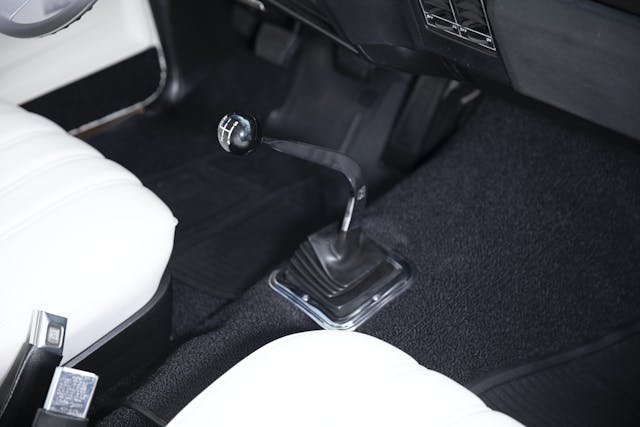
“I am of the perfectly correct belief that the Colonnade cars are the greatest mid-sizers ever built,” says Hagerty’s own Jack Baruth. Philip Roitman agrees, though he’s partial to the Buicks. The New York resident has owned as many as six 1973 Buick Gran Sport Stage 1 cars and currently has three. “I grew up in Brooklyn,” he says. “I was one of those car crazy kids. And in the 1970s I did some street racing at all the hot spots around New York like Fountain Avenue, Cross Bay Boulevard and the Connecting Highway. But I was mostly a spectator.”
Back then Roitman swapped out the six-cylinder in his Dodge Dart for a 383 V-8 and had some fun with the car, but in 1977 he bought a new Buick Century. “I went luxury,” he says with a laugh. Then the road racing bug bit and he went SCCA racing from 1980-2002 with a Mazda RX7.
In 2005 he bought this numbers matching Harvest Gold 1973 Gran Sport Stage 1 with the very rare four-speed and air conditioning options. A Turbo 400 three-speed automatic was standard. Identified by the V-code in their VIN, Buick only built 728 Stage 1 Centurys in 1973 and only 92 got the Muncie M-20 transmission with a Hurst shifter. Only 46 of those were air conditioned. According to the Stage 1 registry, he says, less than 10 four-speed cars are known to exist.
Originally a dealer demo, the Buick was offered with almost every available option, including an AM/FM radio with a tape player, tinted glass, power driver’s seat, door guards, electric trunk release, a trunk light, Rallye steering wheel, short vinyl custom roof covering, power windows and locks. Surprisingly it’s without the 15-inch radials and rides on a set of 14-inch Firestone Wide Ovals. Base price was $3177.45 including a $120 destination charge. Then the GS Stage 1 package (option code A1) thhat included dual exhaust, a heavy duty radiator, power brakes, deluxe steering wheel, and specific suspension tuning added $536 to the tab. All in, the car cost $5714.45. Big bucks for the day.
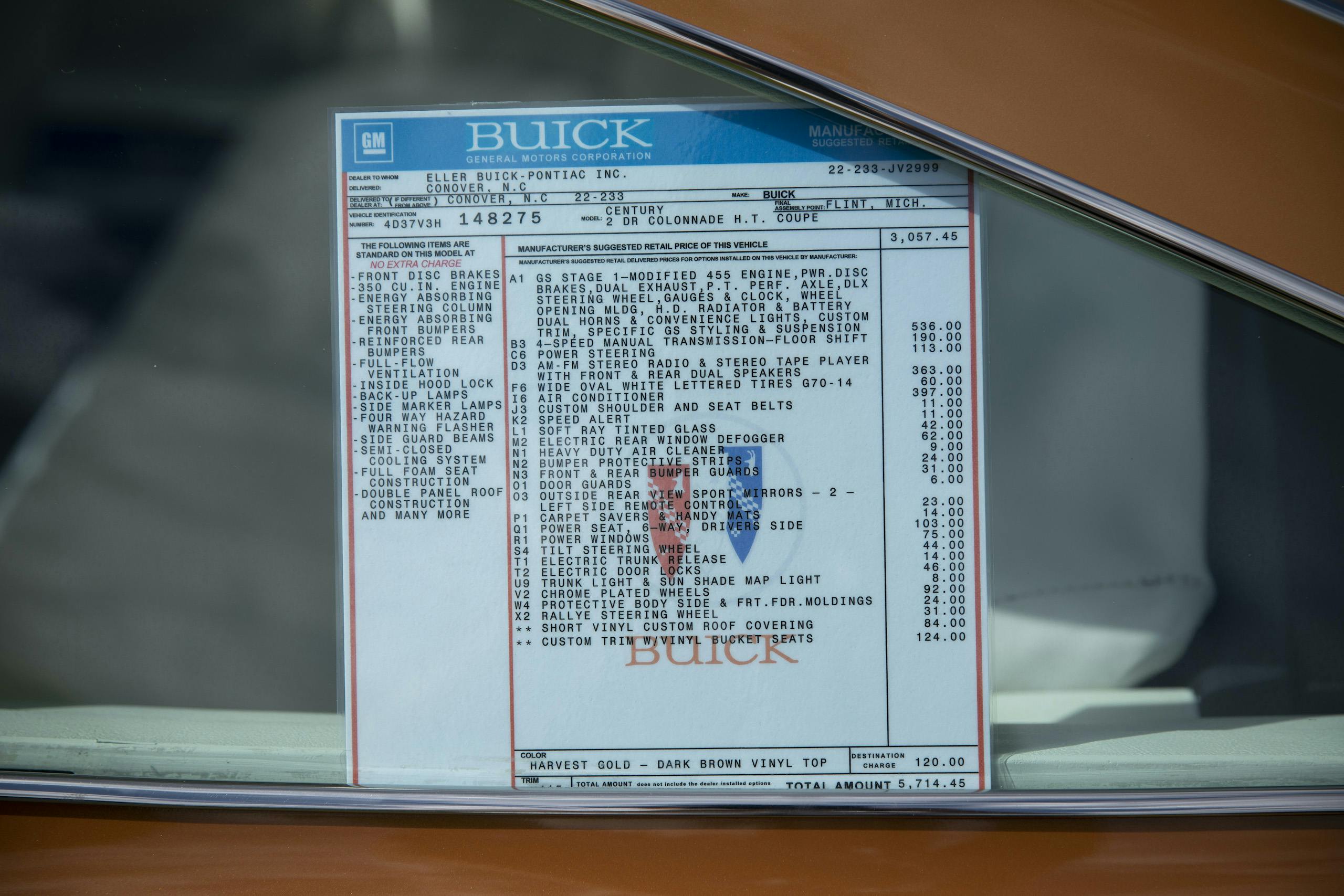
After driving the car sparingly until 2012, when it reached 97,000 miles he had a complete body-off restoration performed to the highest possible standard and has only driven it about 100 miles since its completion in 2015. It retains all of its factory sheetmetal and glass and it has won many prestigious awards all over the country, from the Muscle Car and Corvette Nationals in Chicago, where it scored a perfect 1000 points, to winning the Concours Gold Award at the 2018 Gran Sport Club of America Nationals.
“The restoration was a labor of love,” he says. “After putting in more money than I will ever get back, I can truly say that I will never sell this car and it will be left to my children to do with it as they want.”
Buick’s PR machine may have been asleep in 1973, but performance was still alive and well at the luxury brand. The last of its Gran Sport Stage 1 cars didn’t get the attention they deserved then, and they still fly under the radar today. It’s time these Colonnade muscle cars get the respect they deserve.

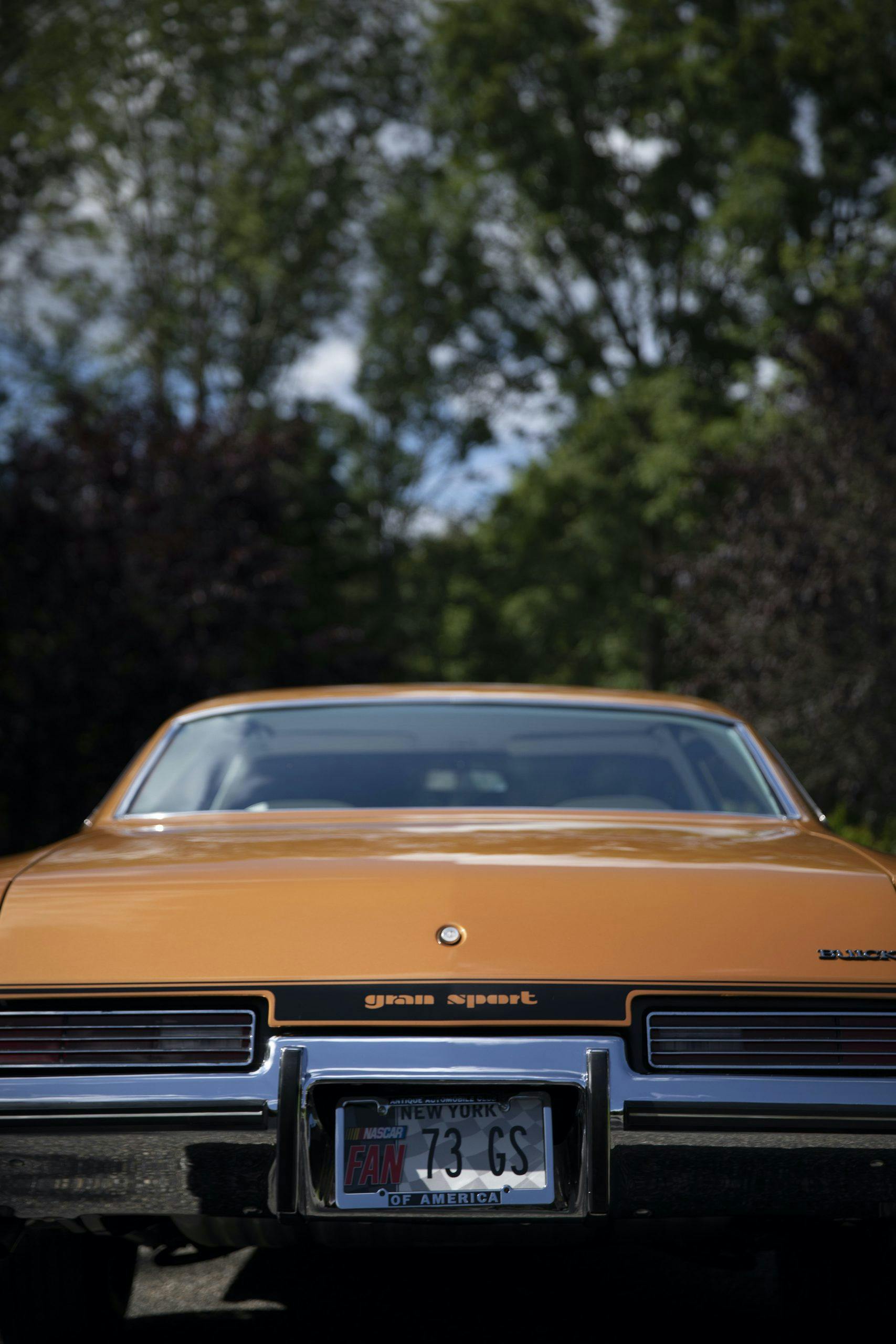
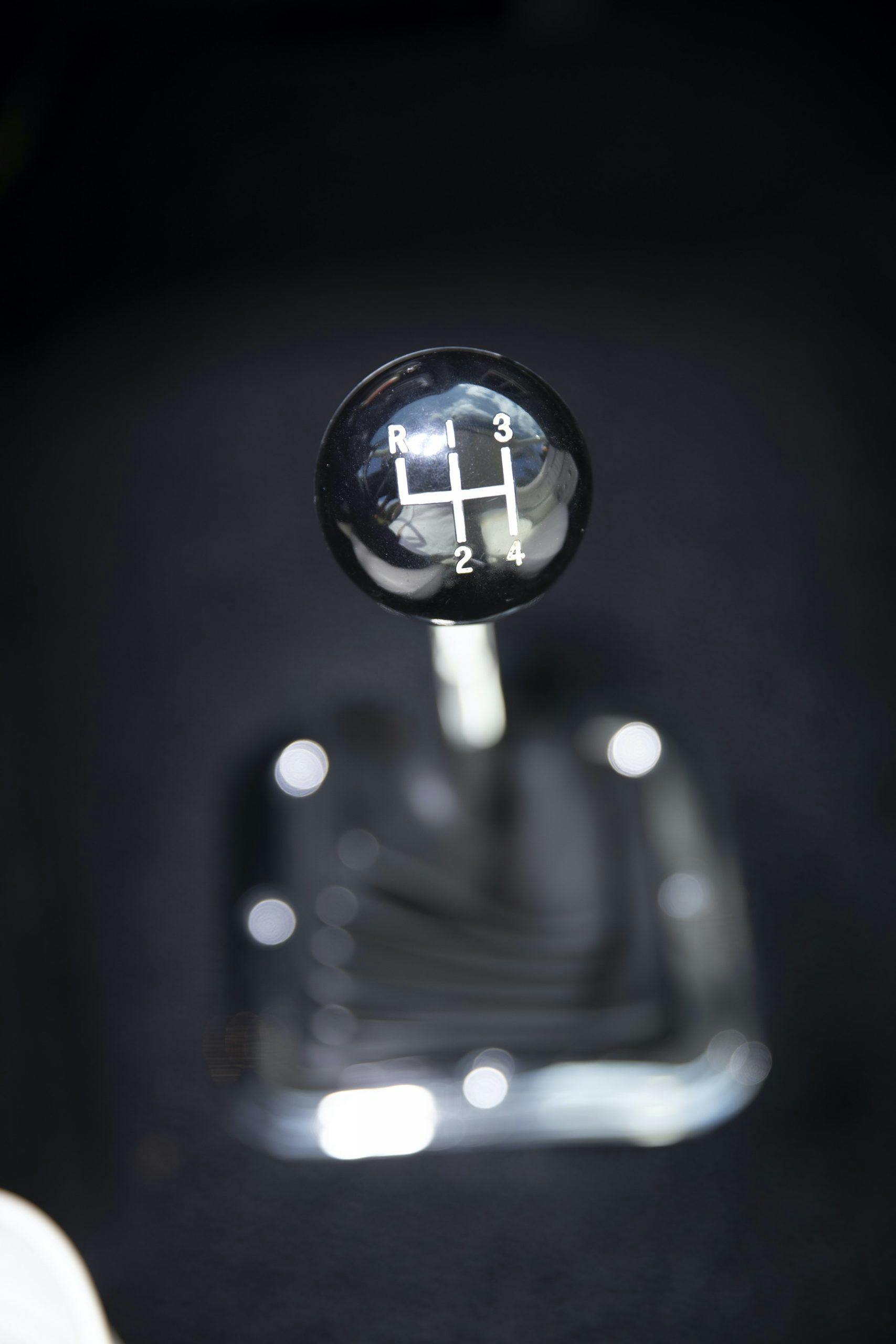
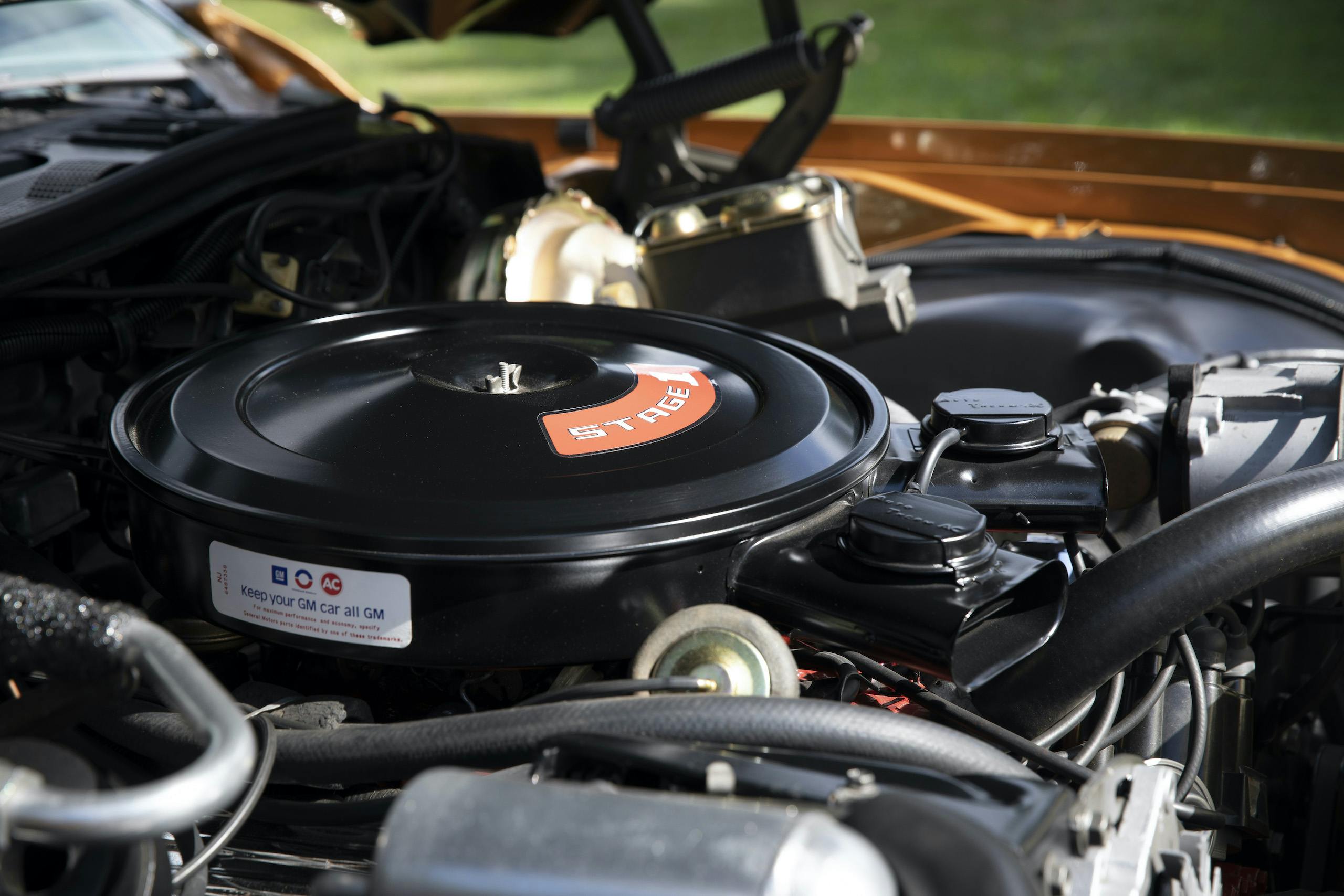
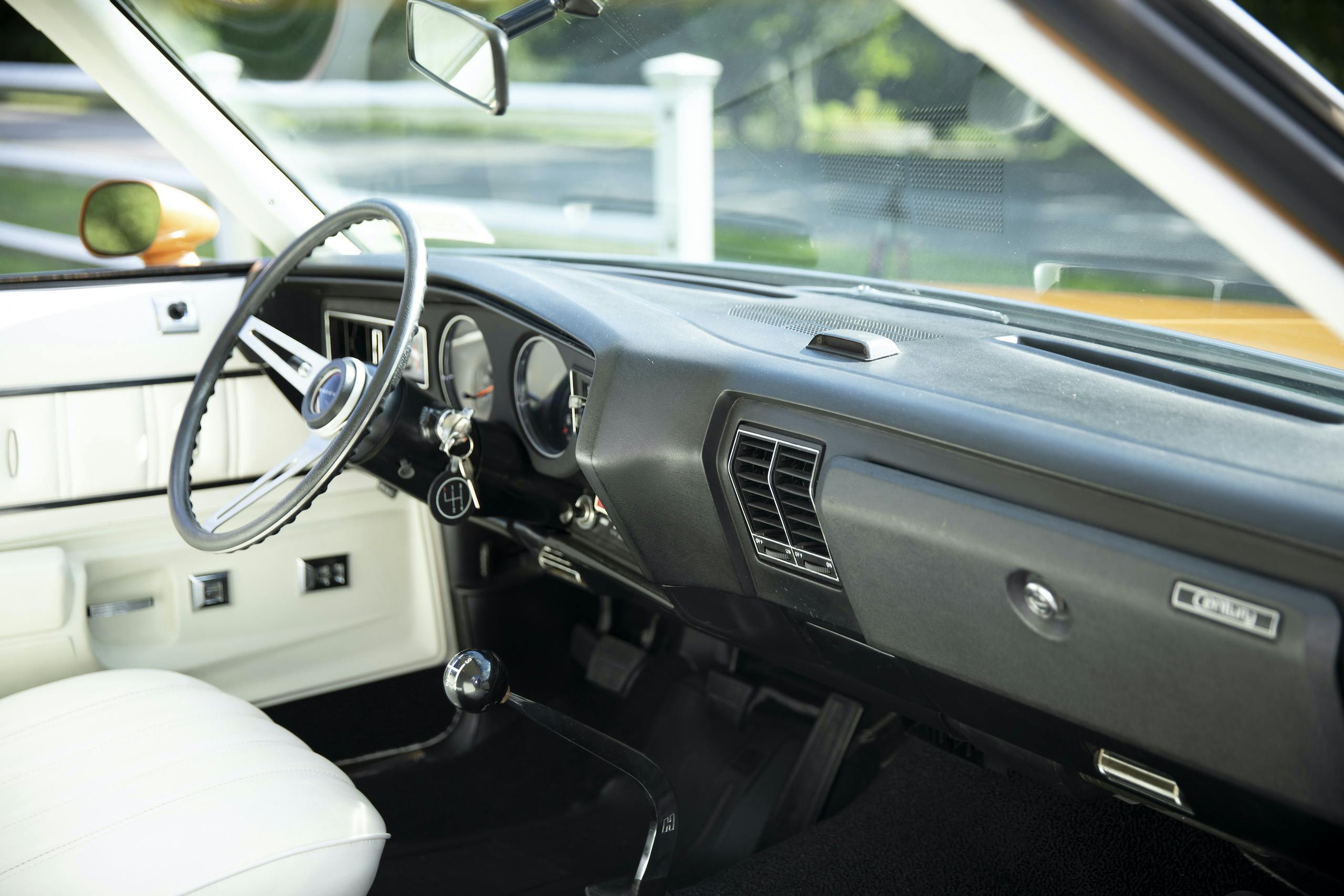
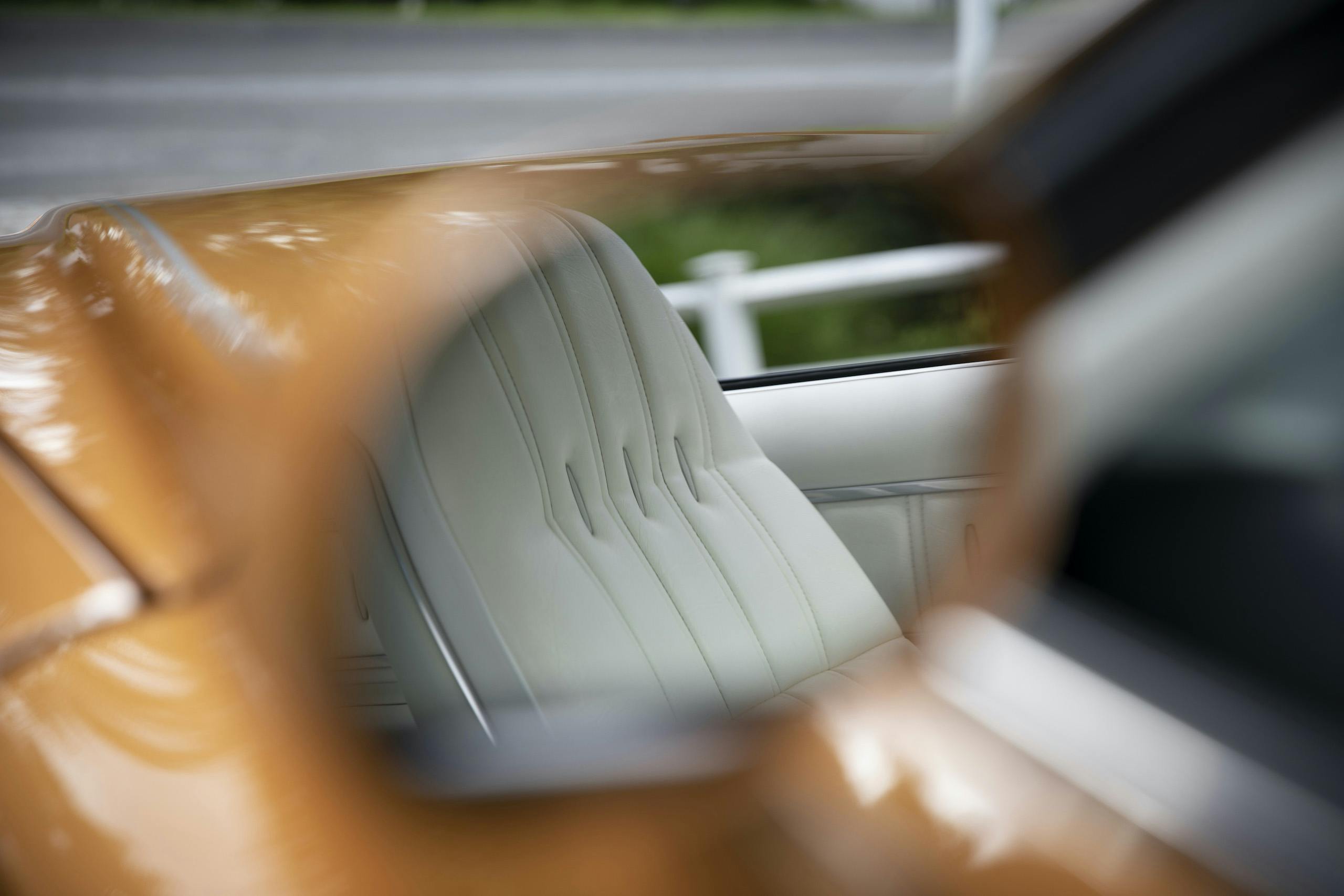
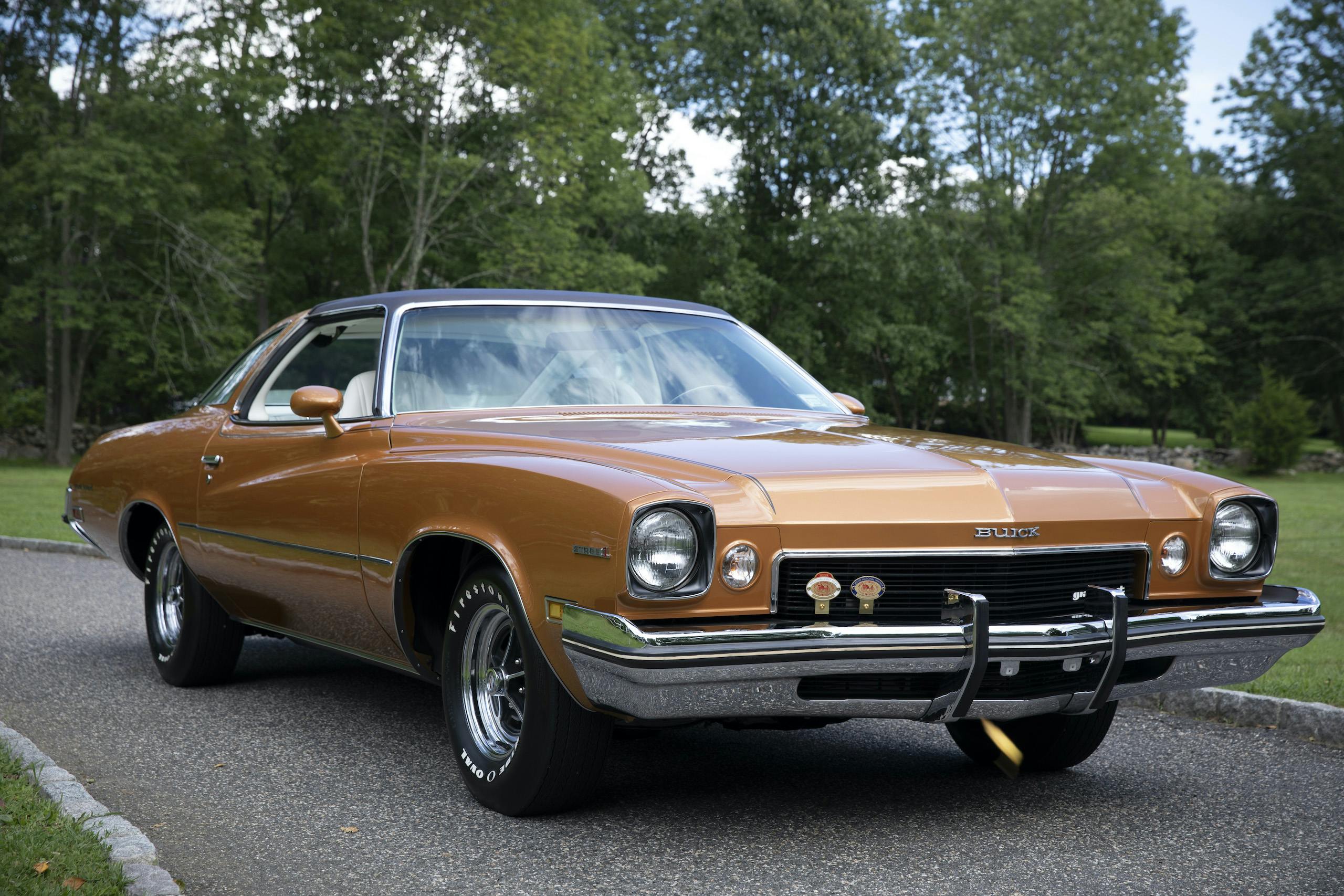
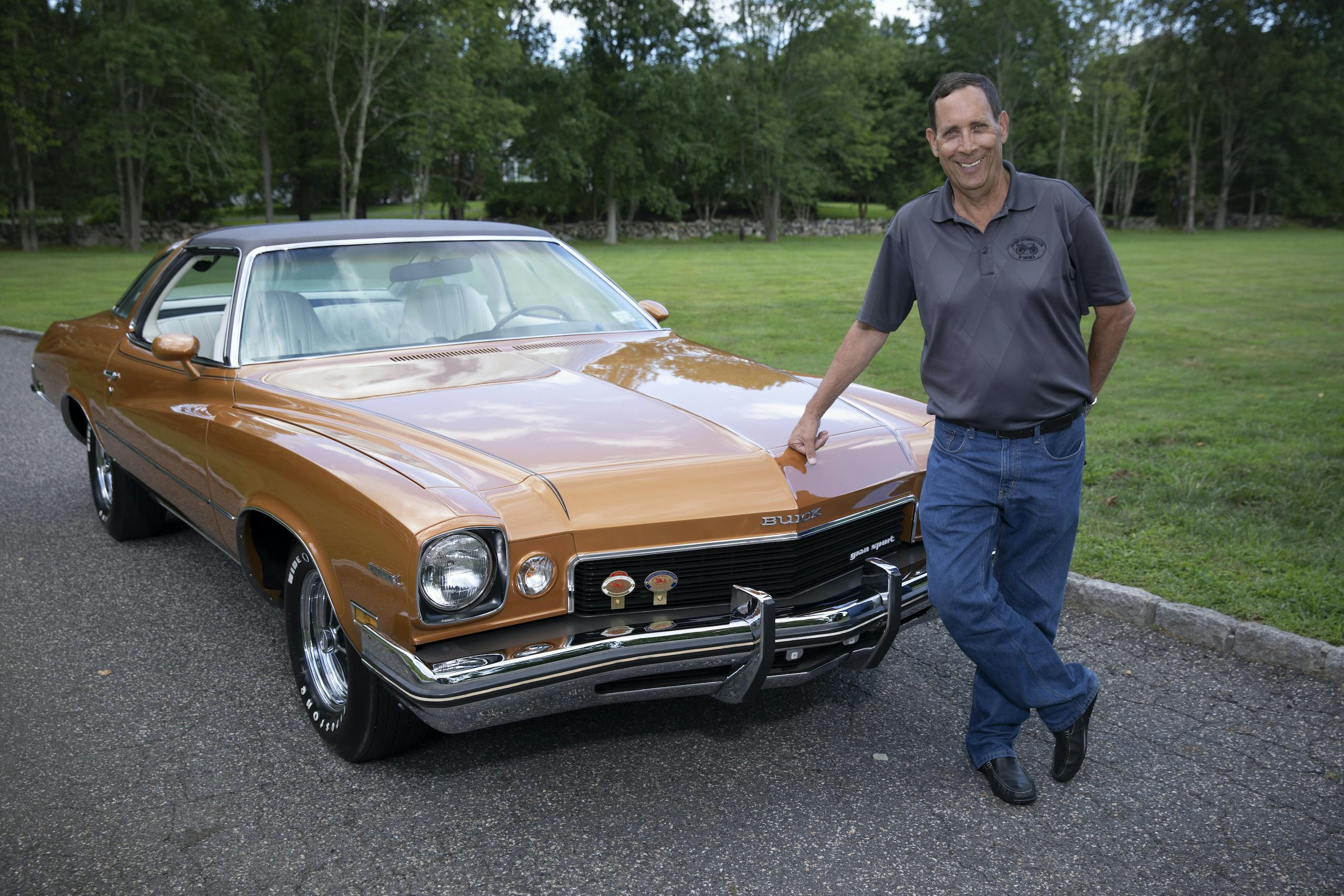
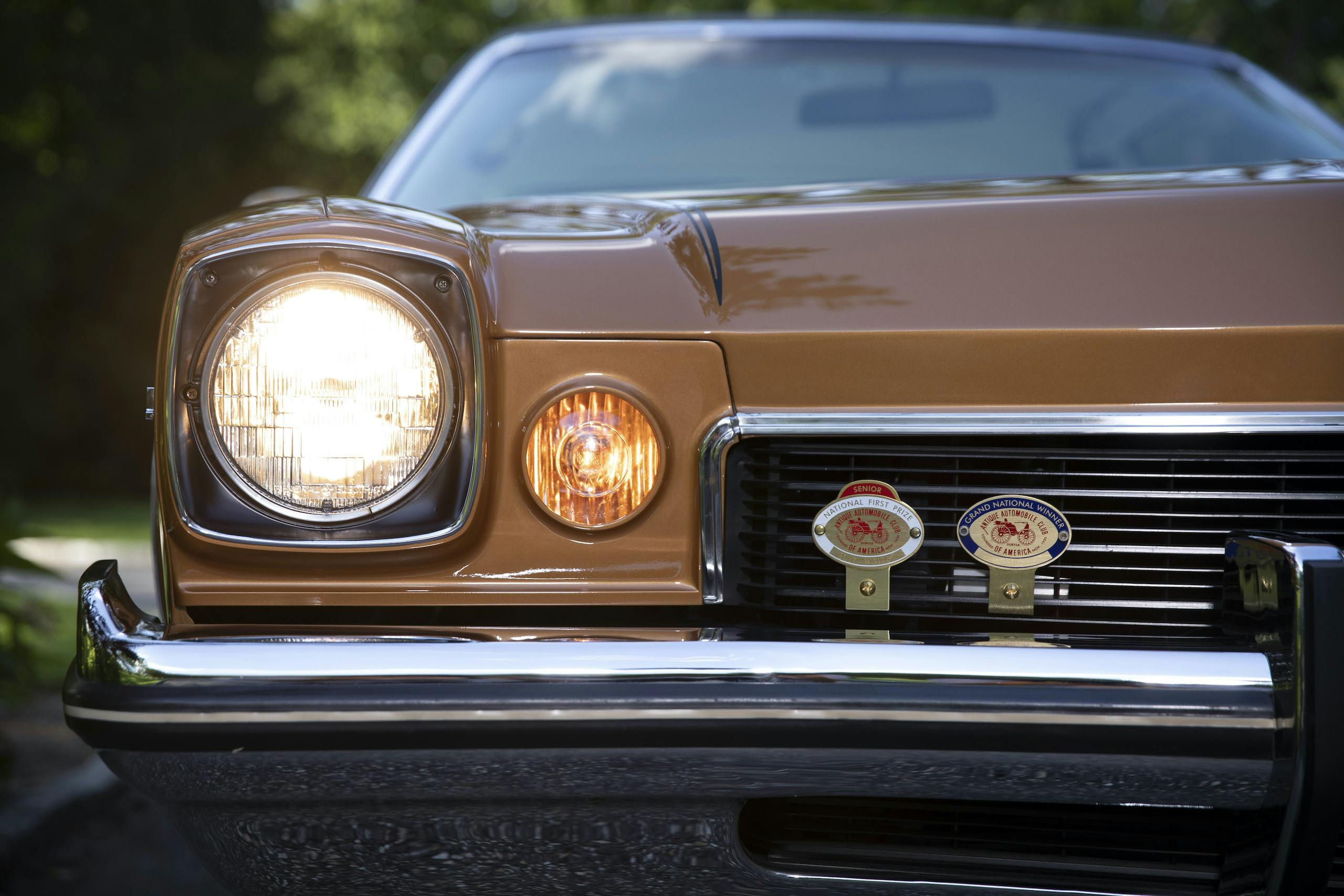


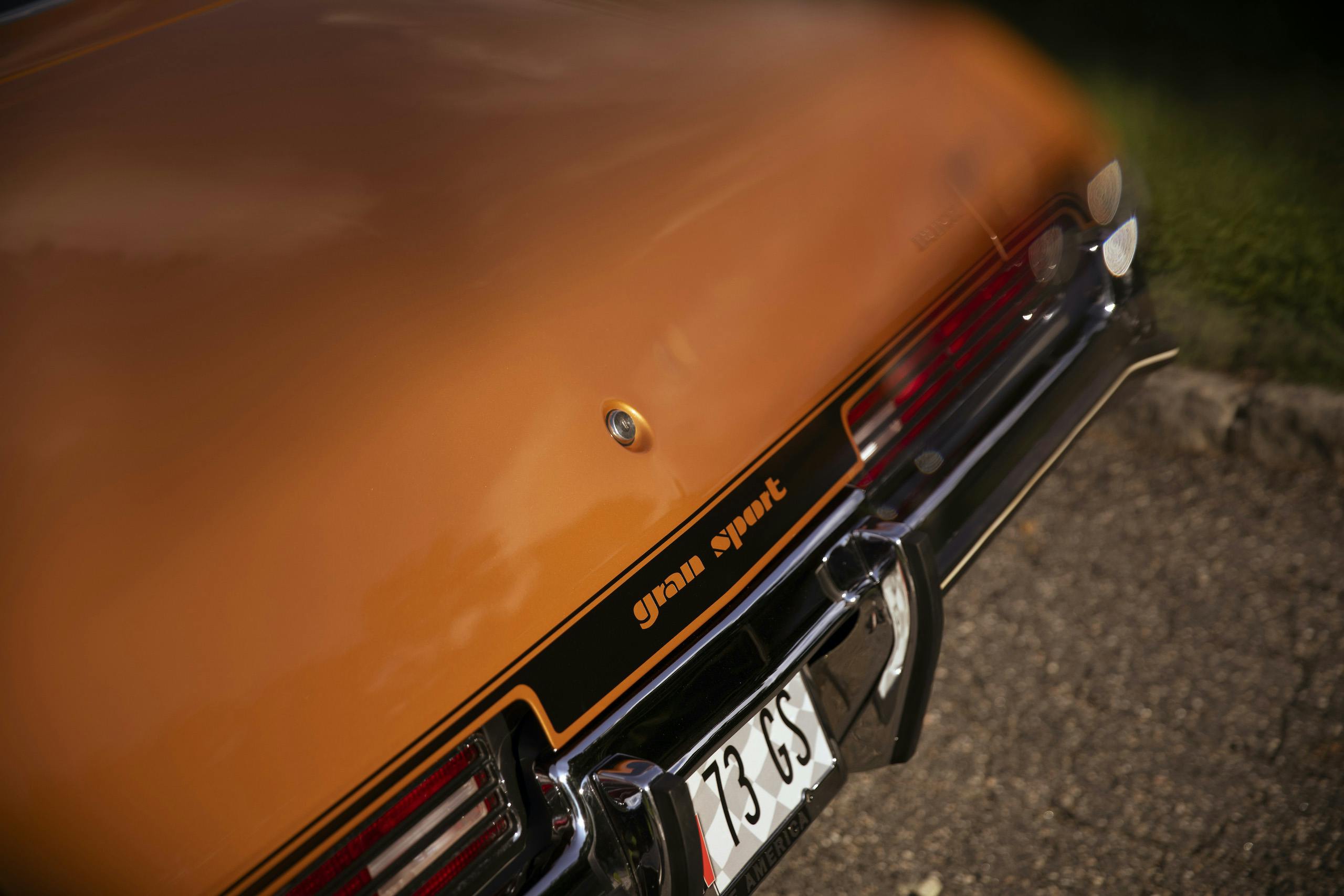
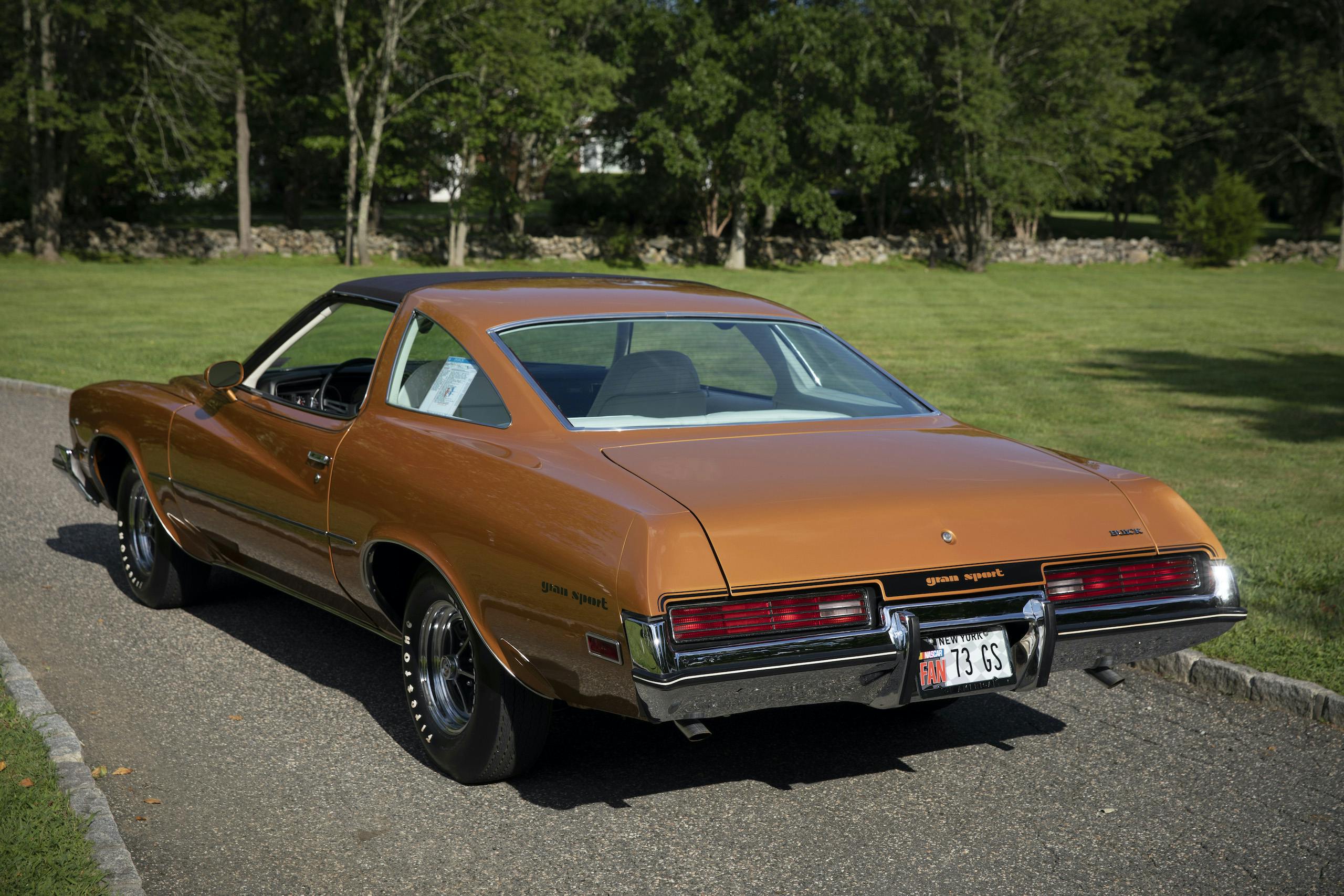
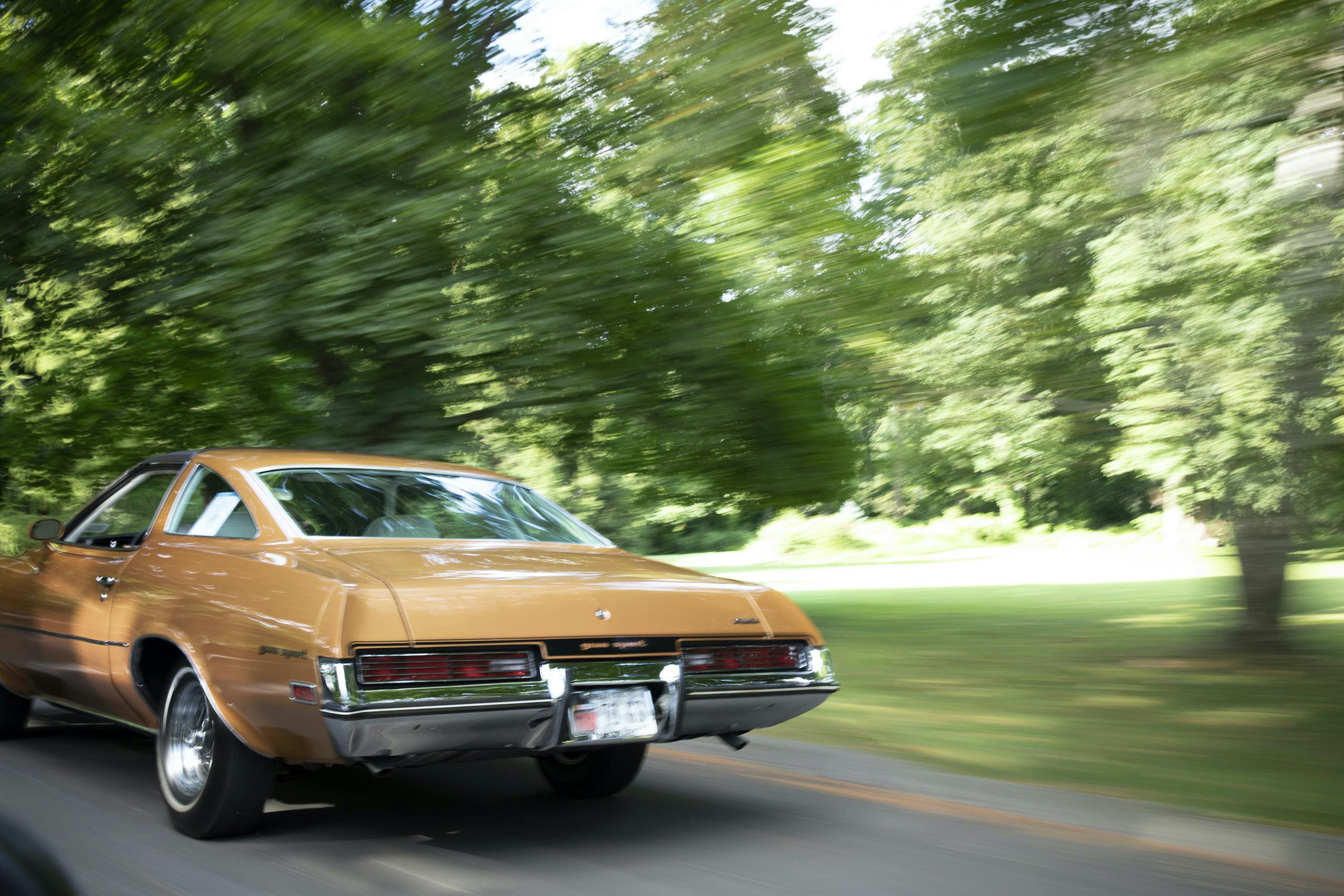

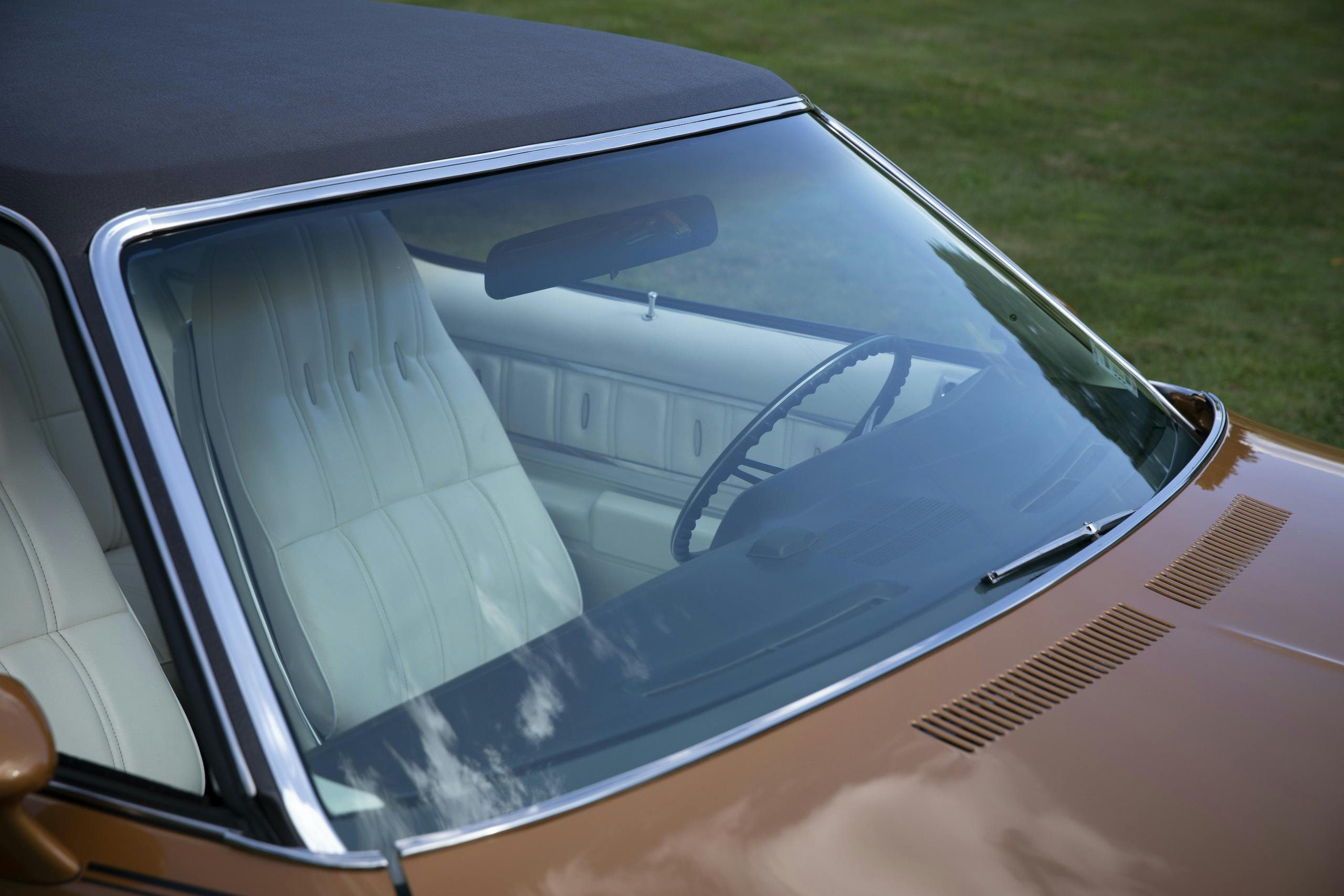
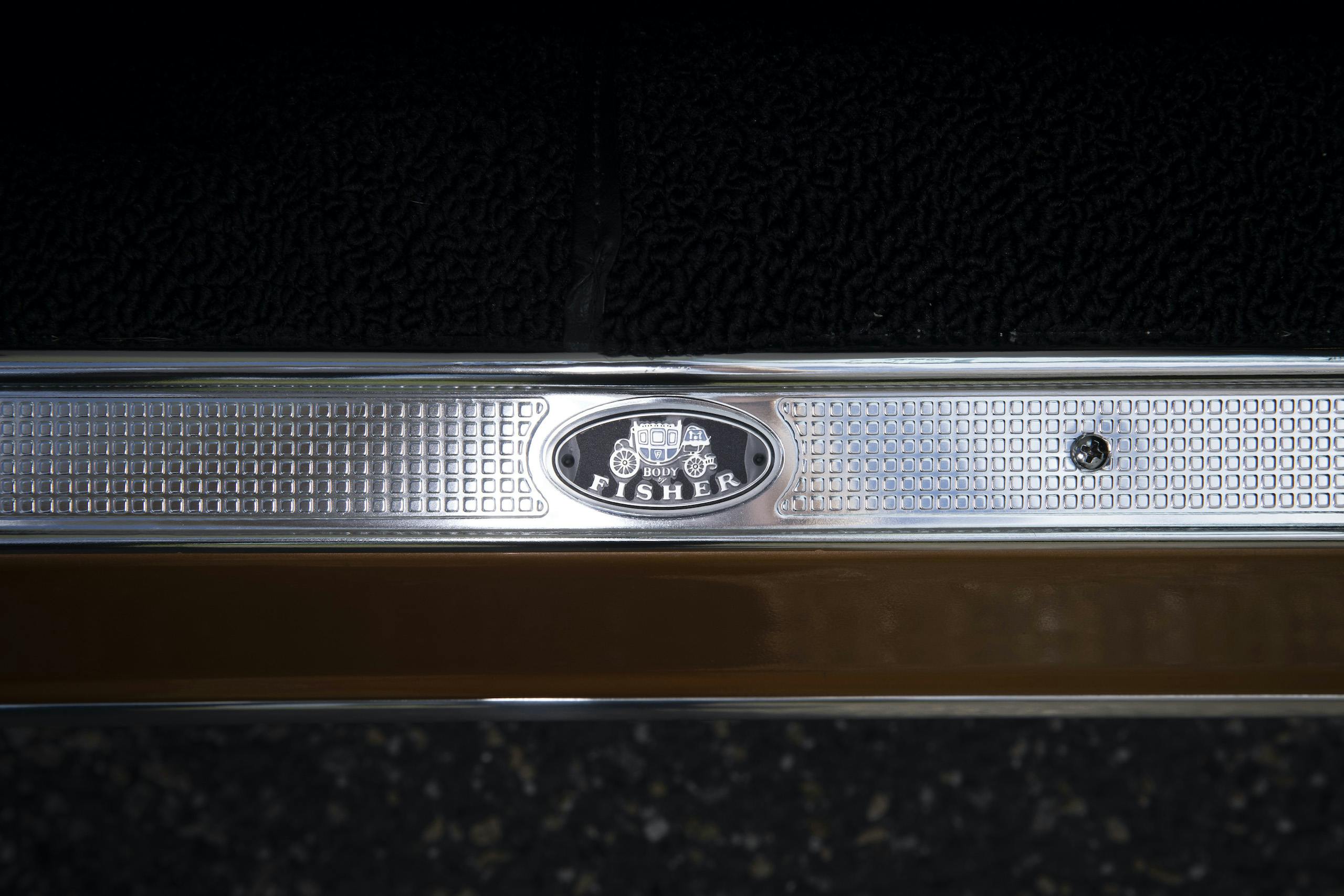

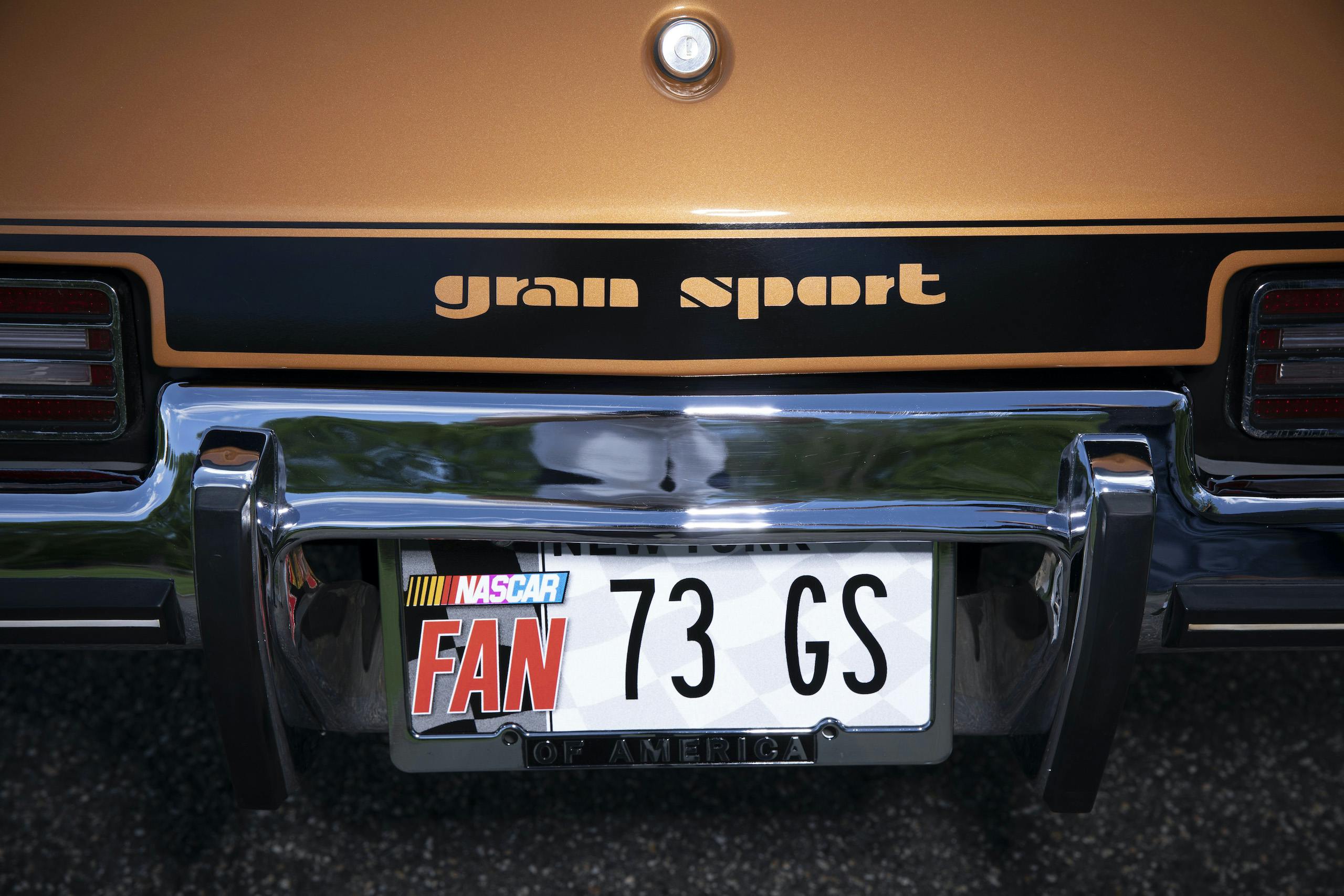
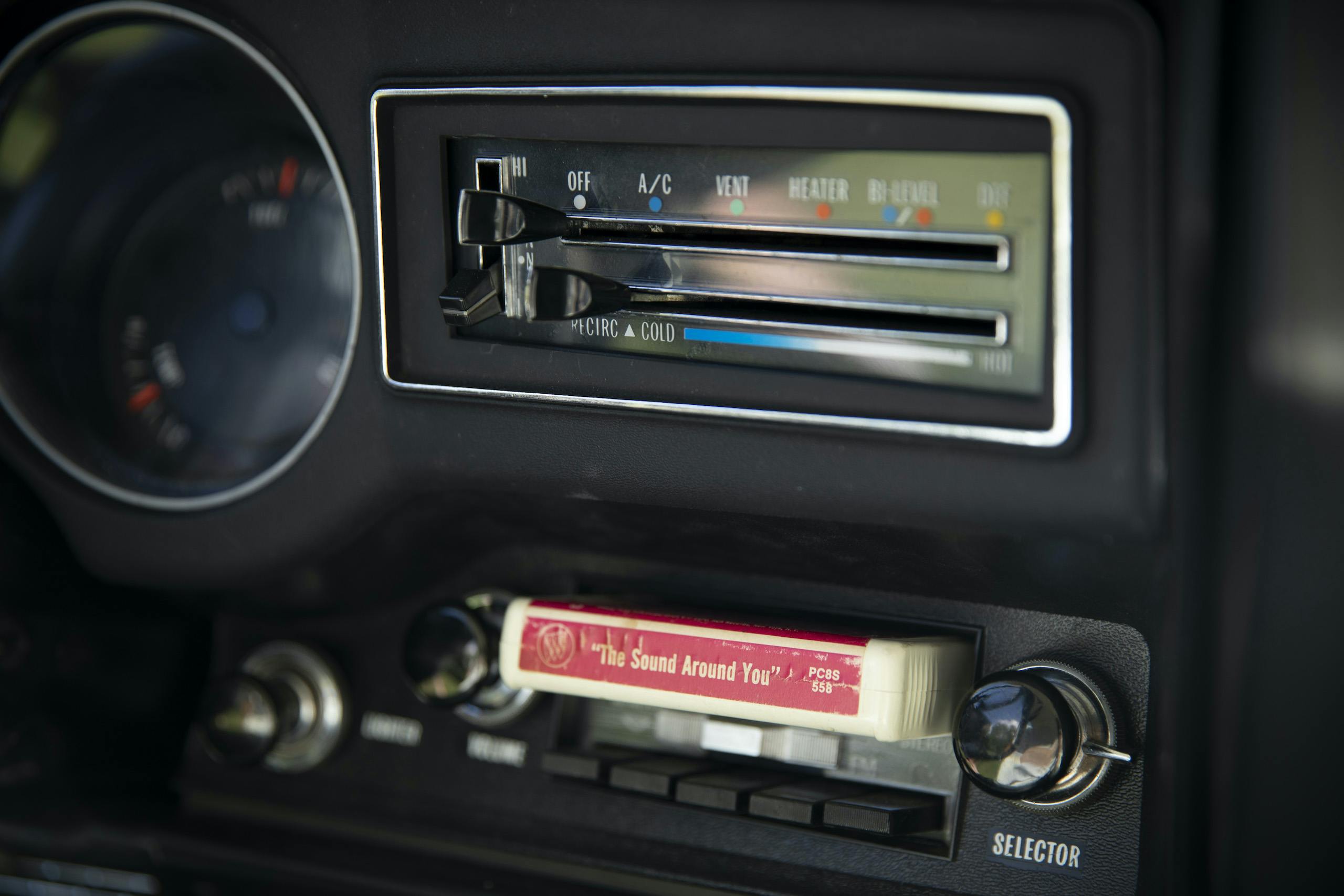

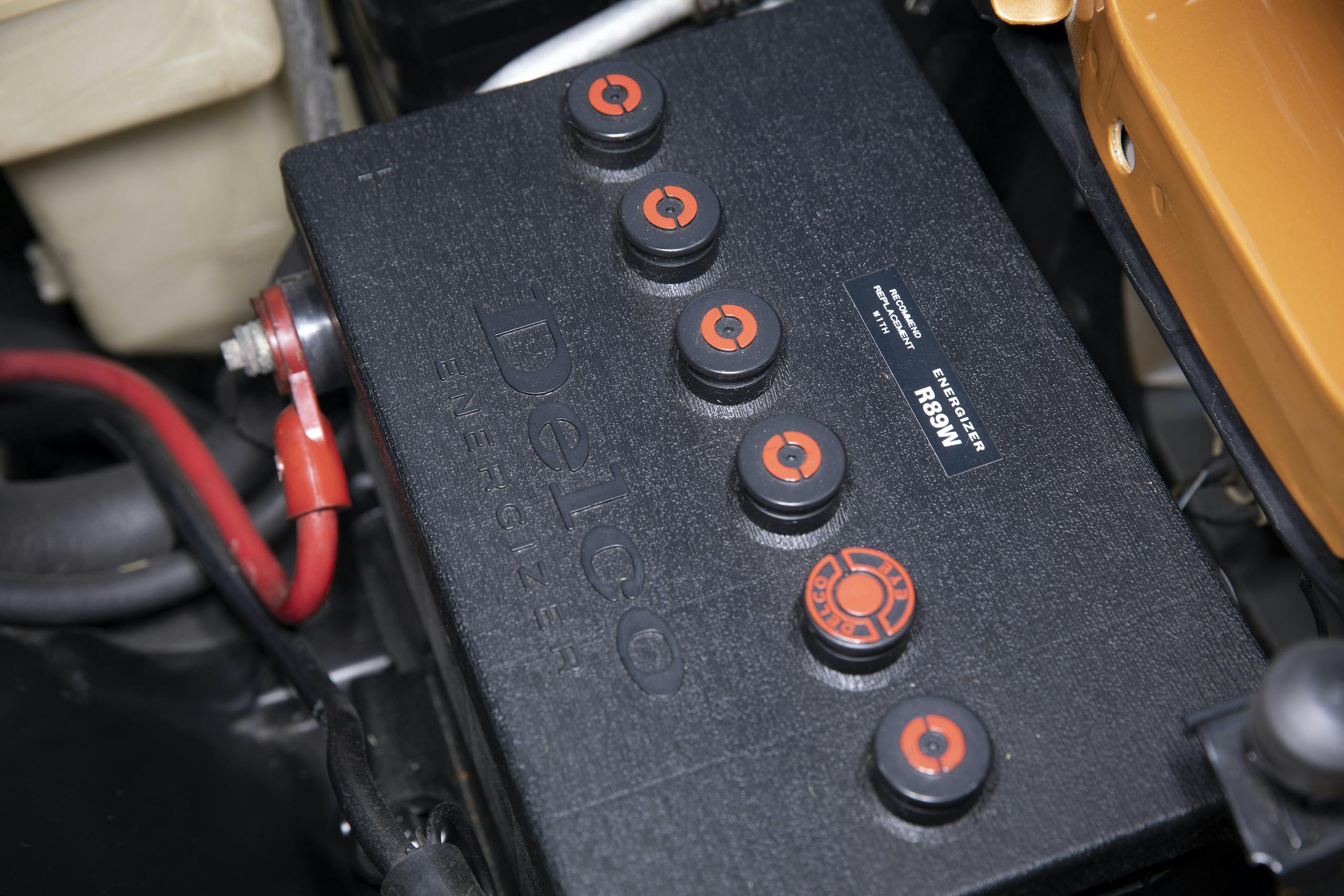
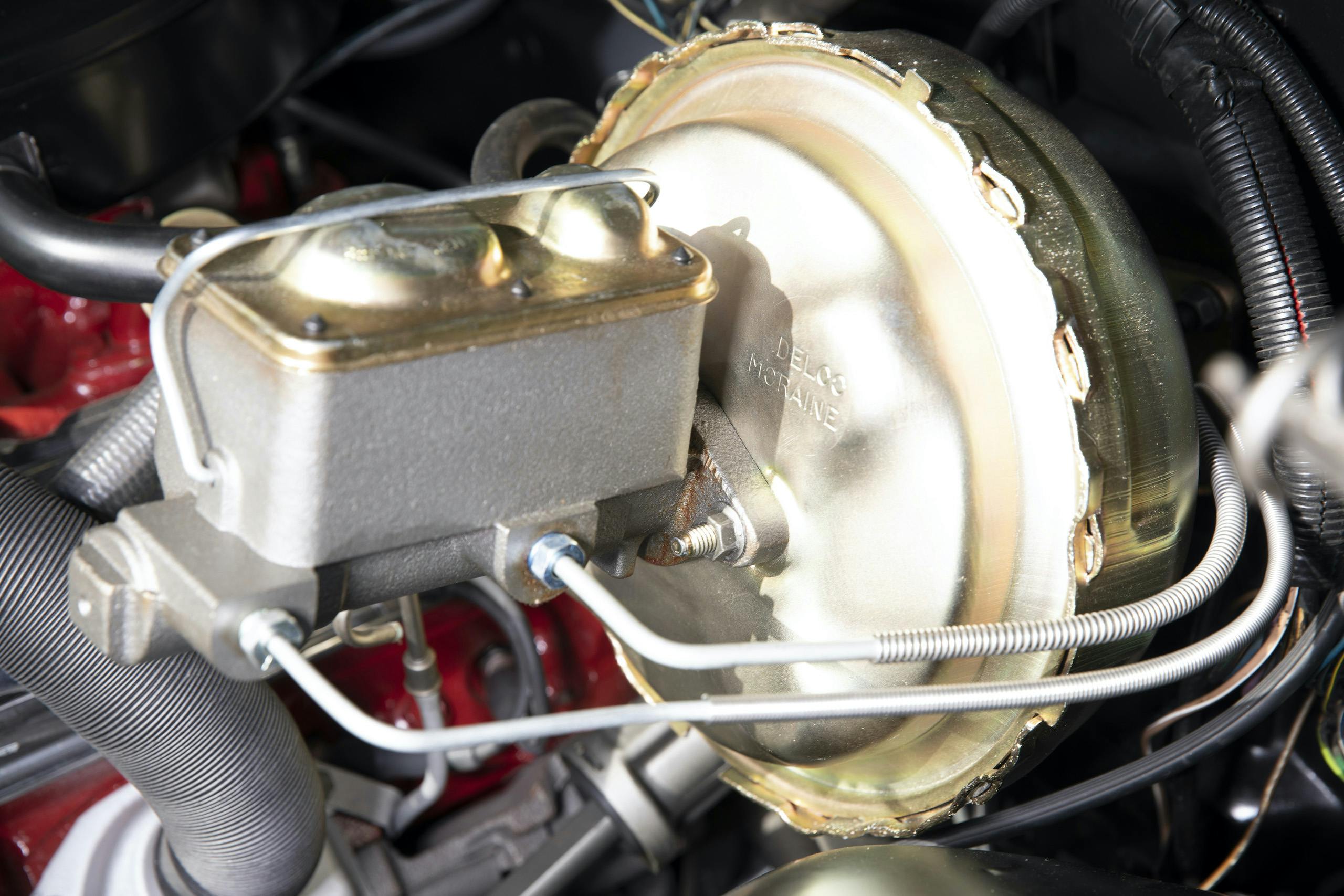

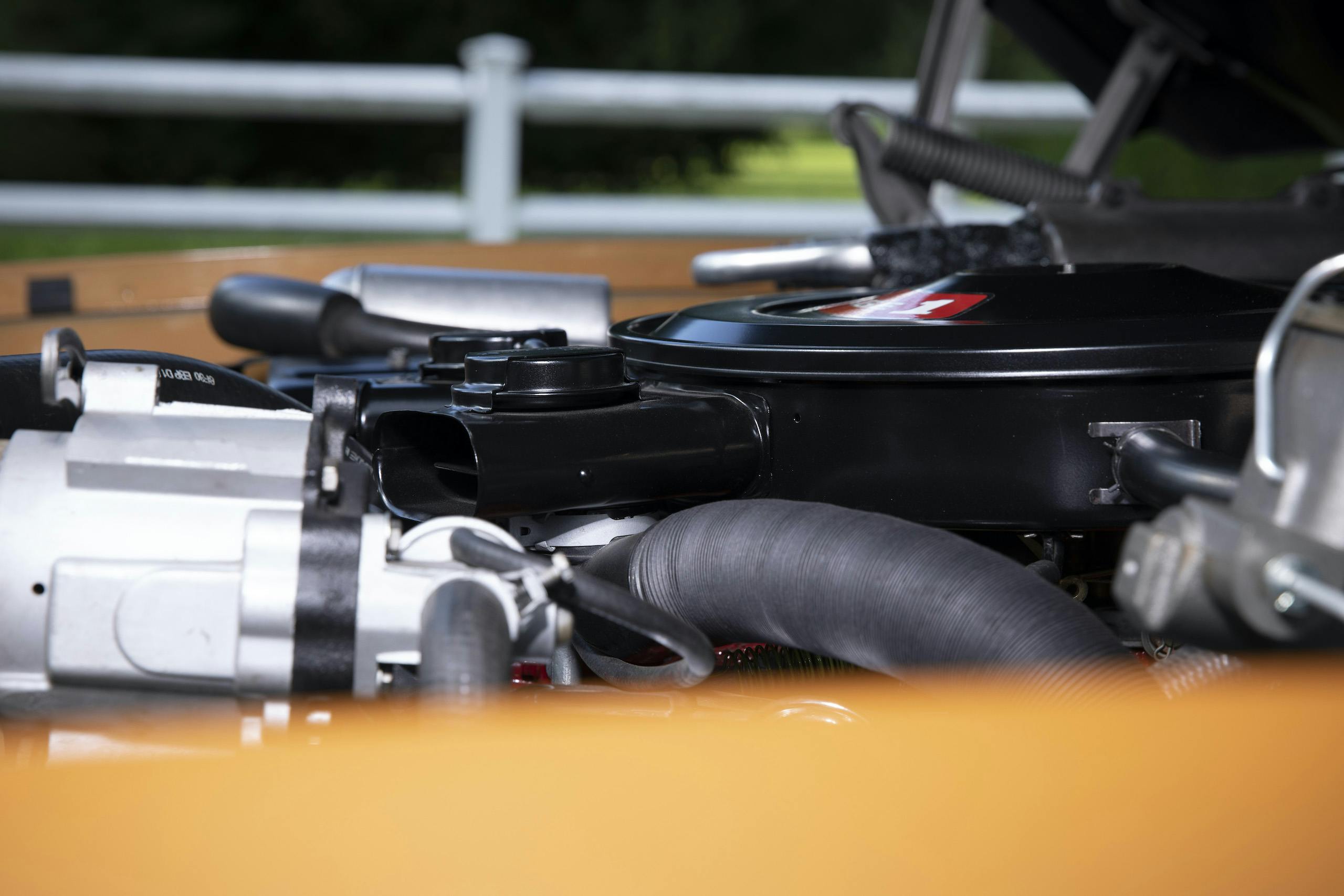
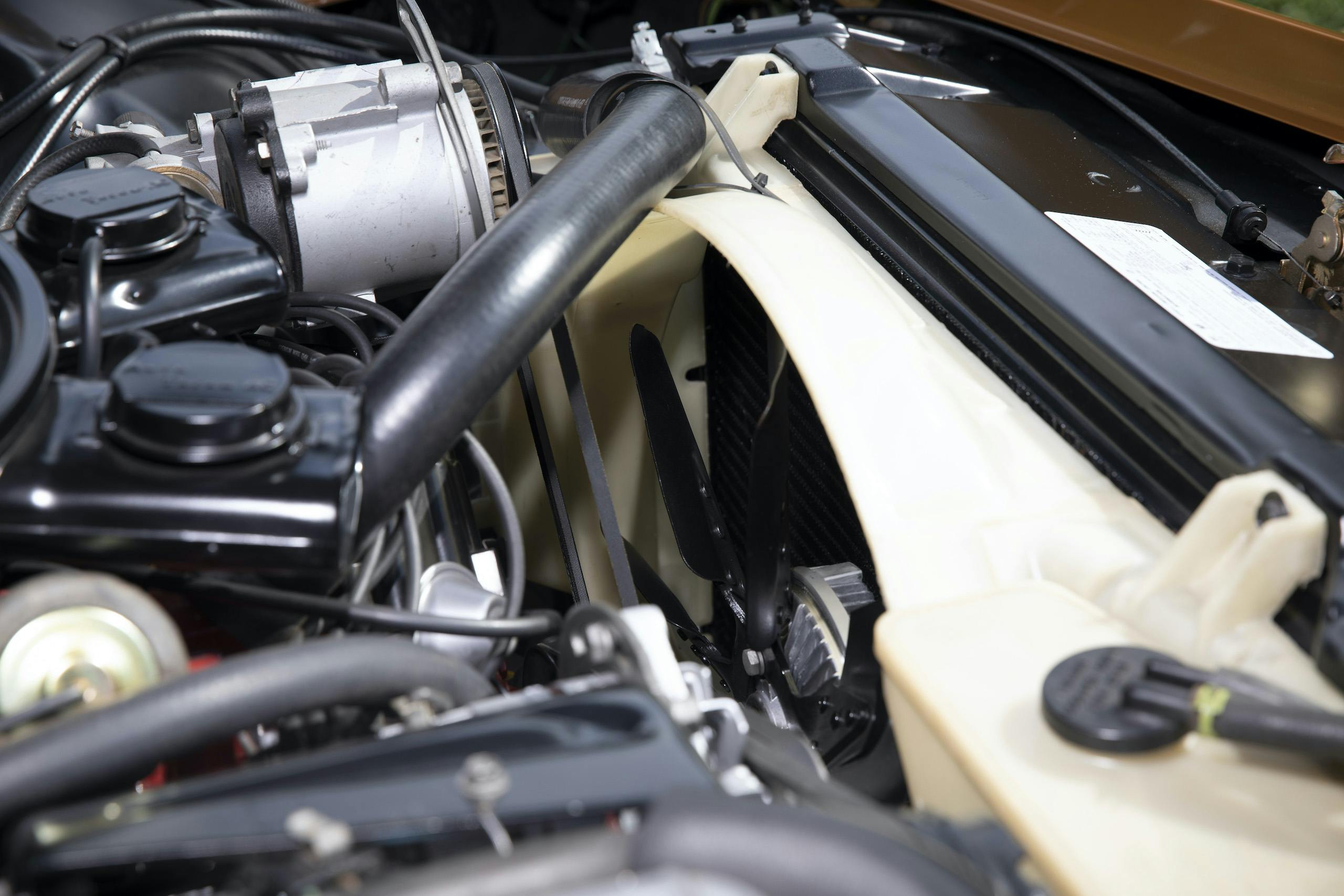
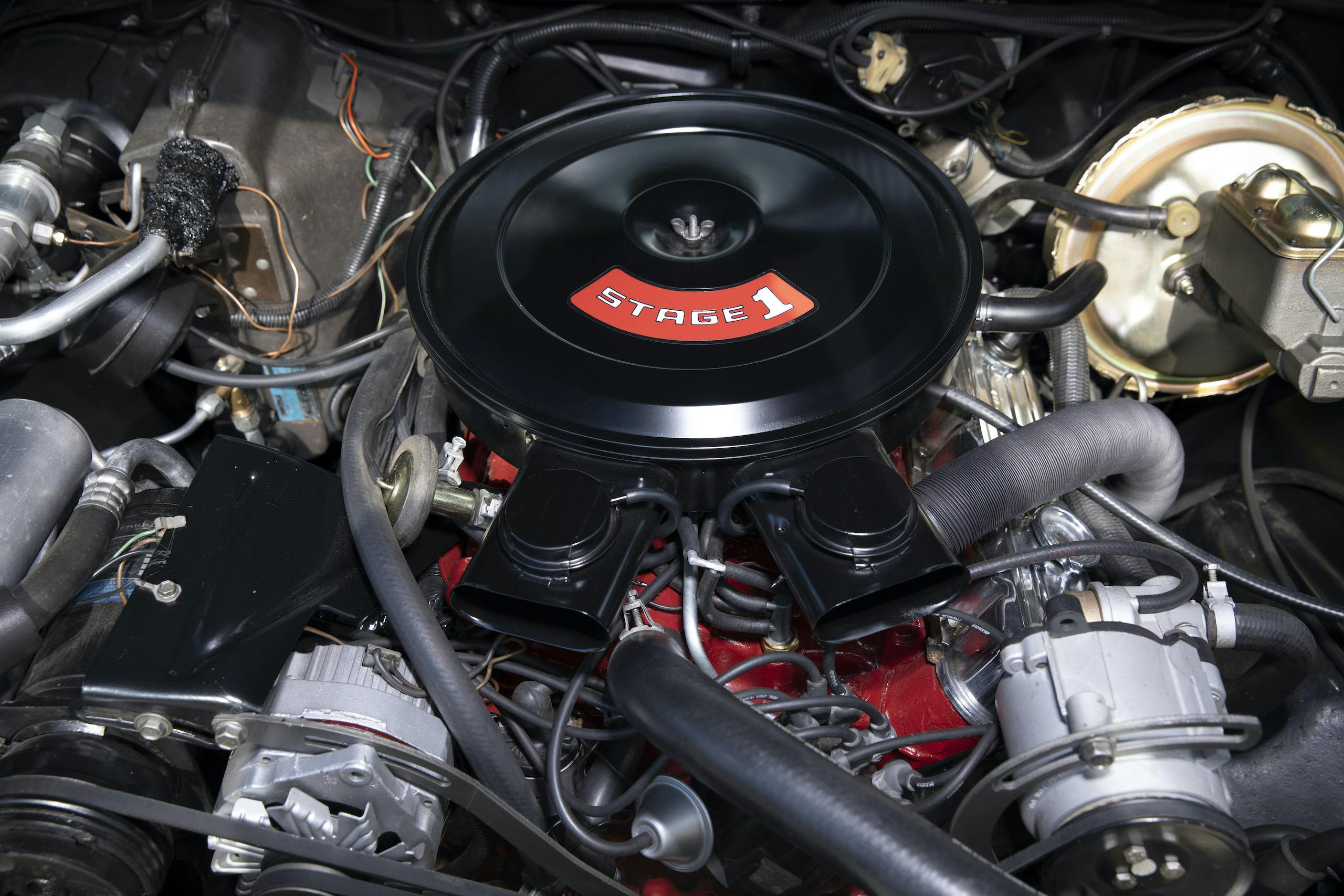
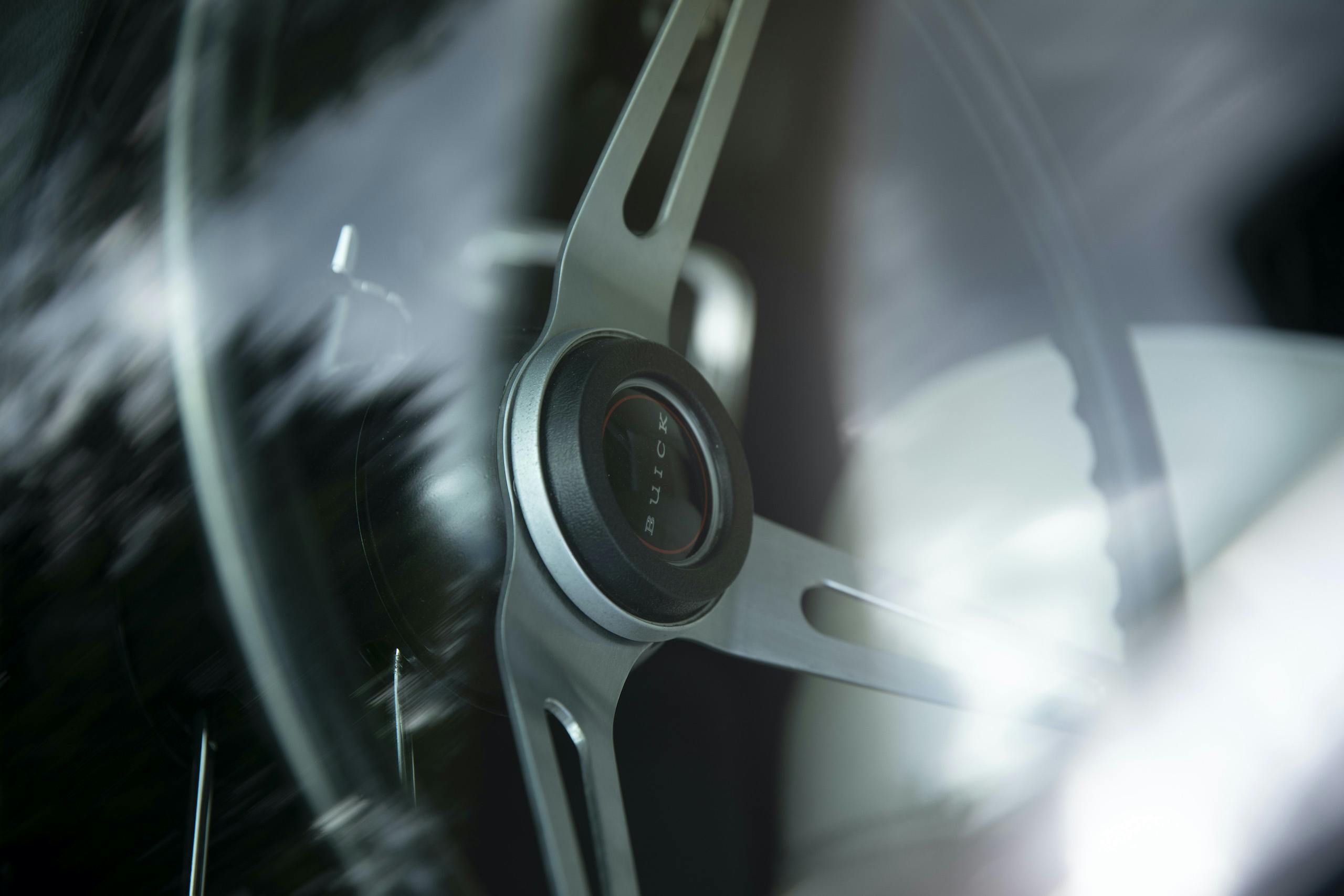
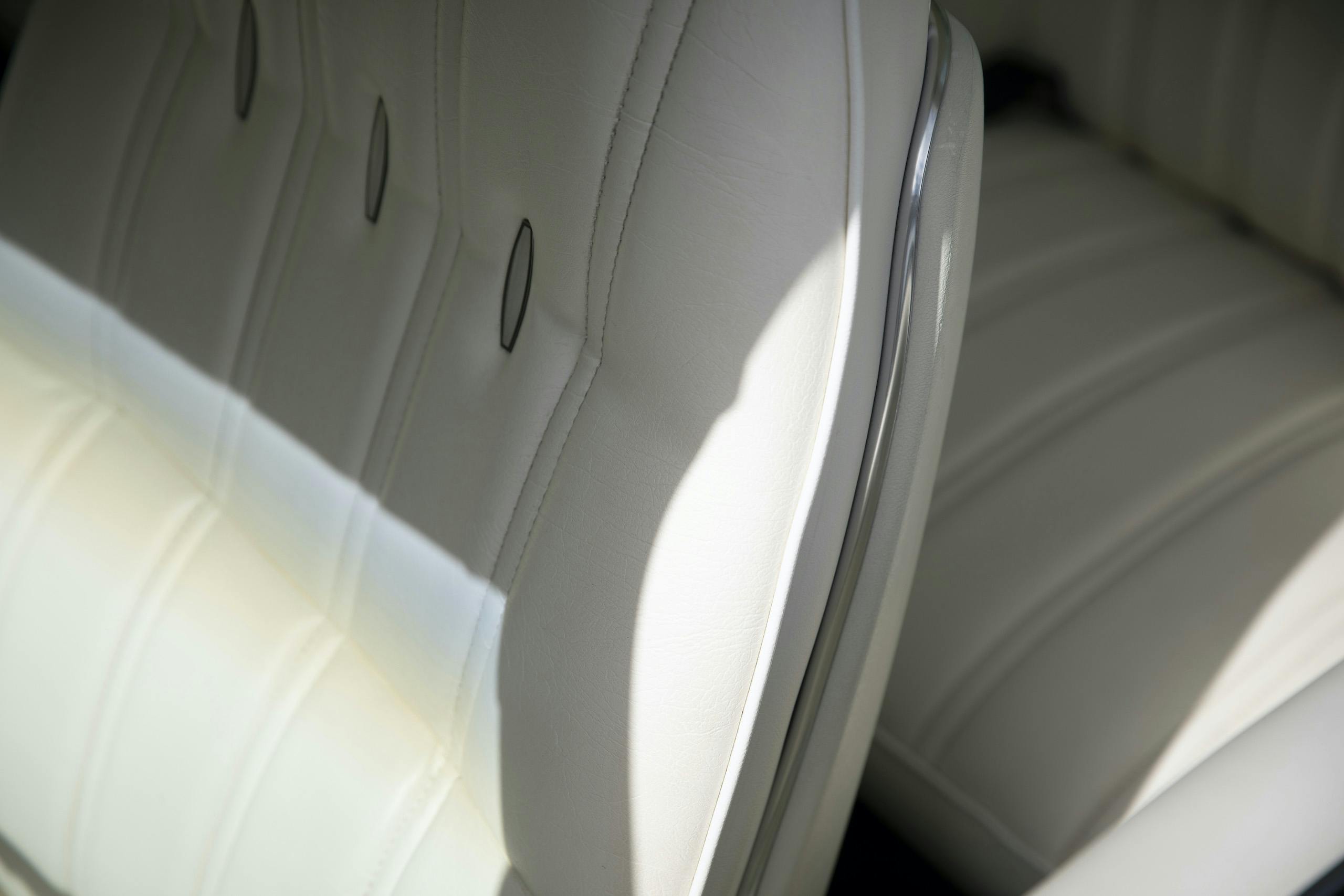
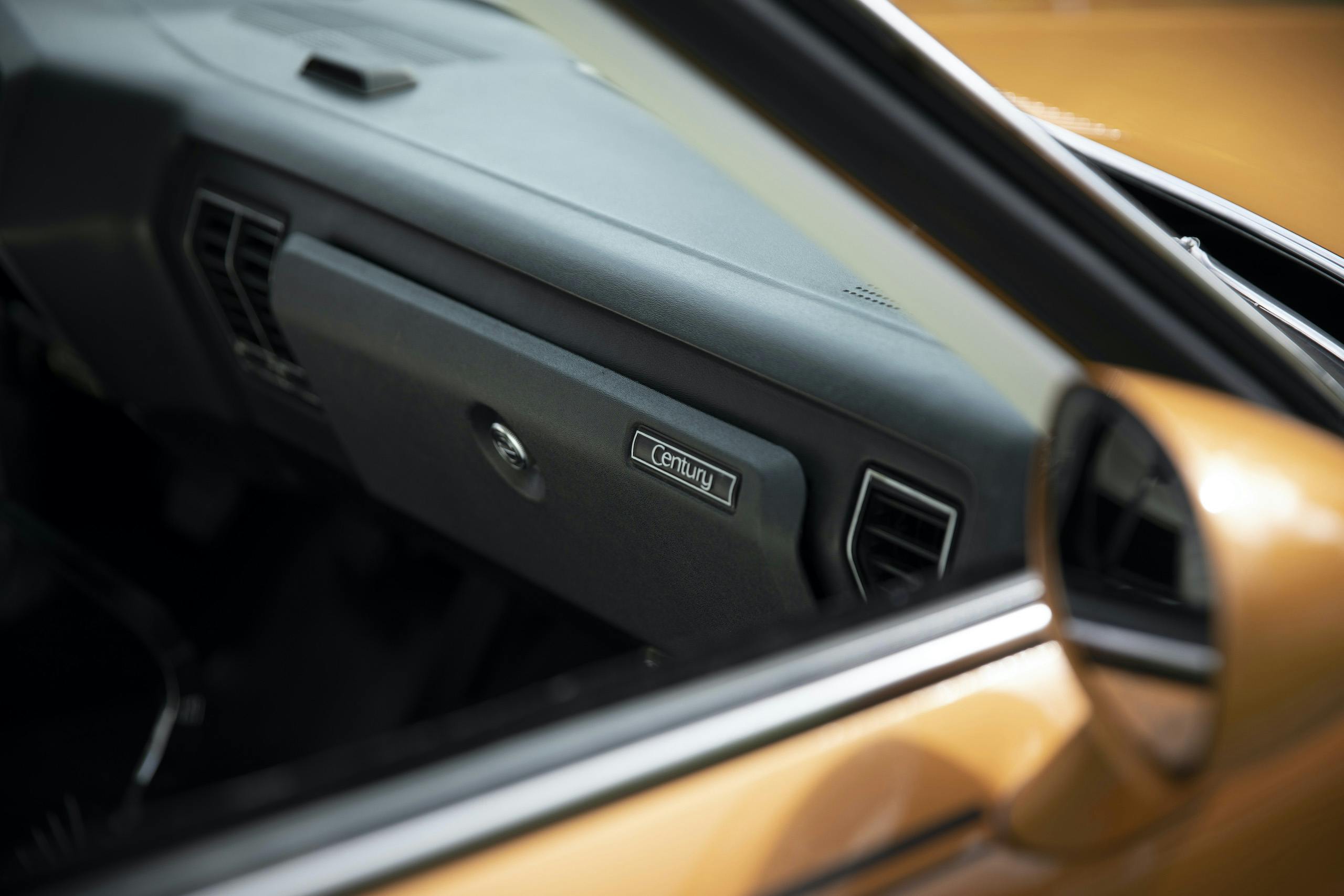
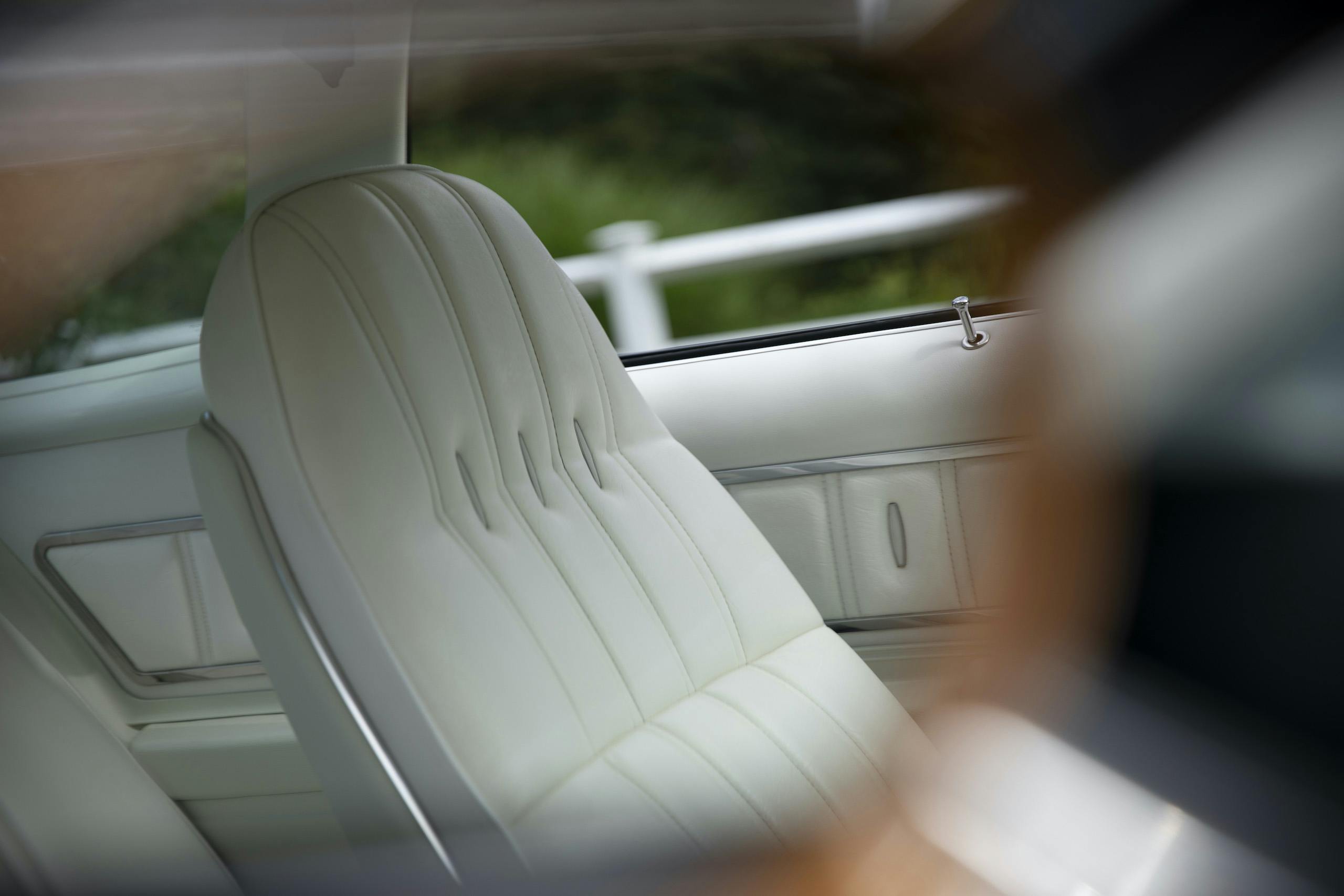
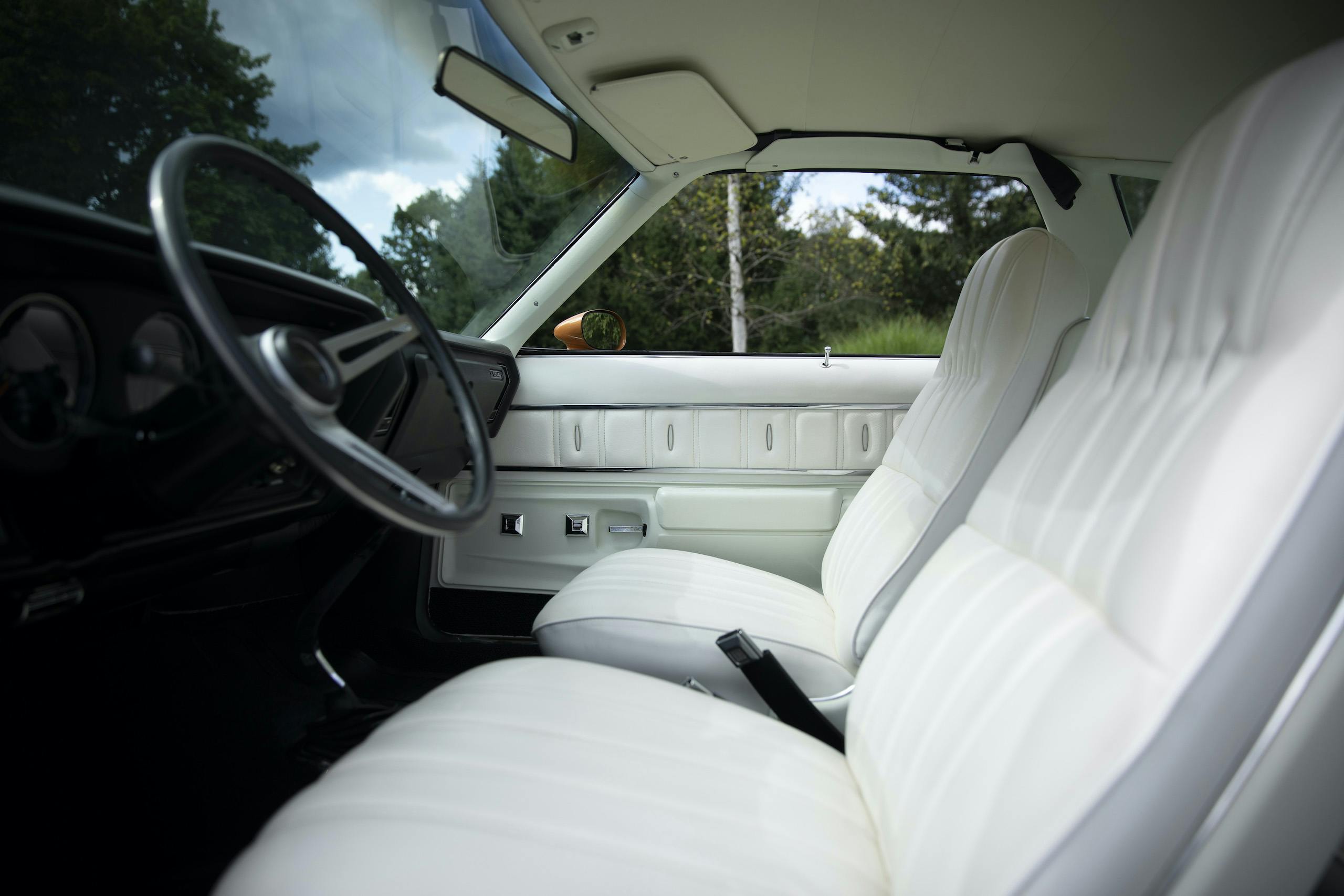
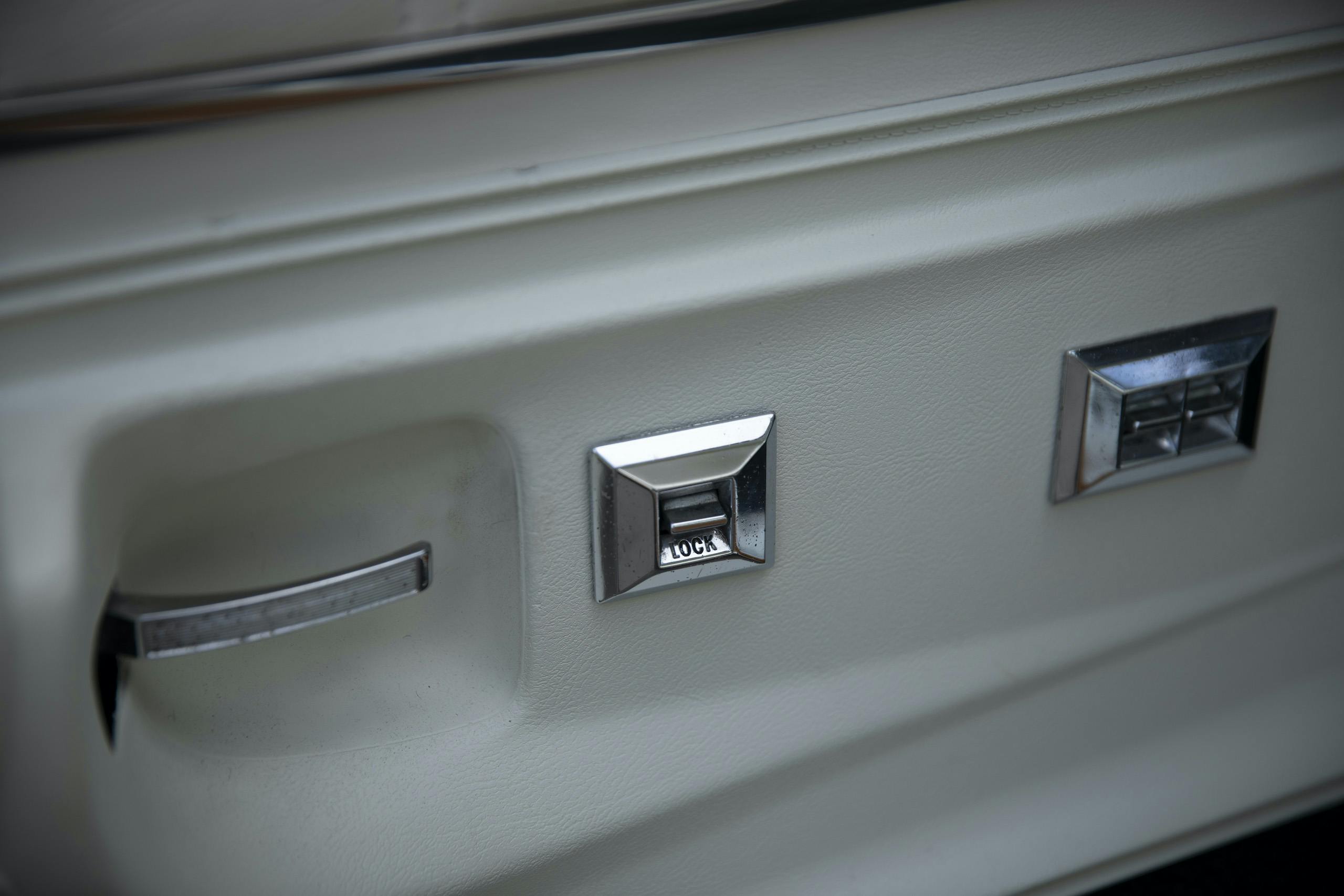
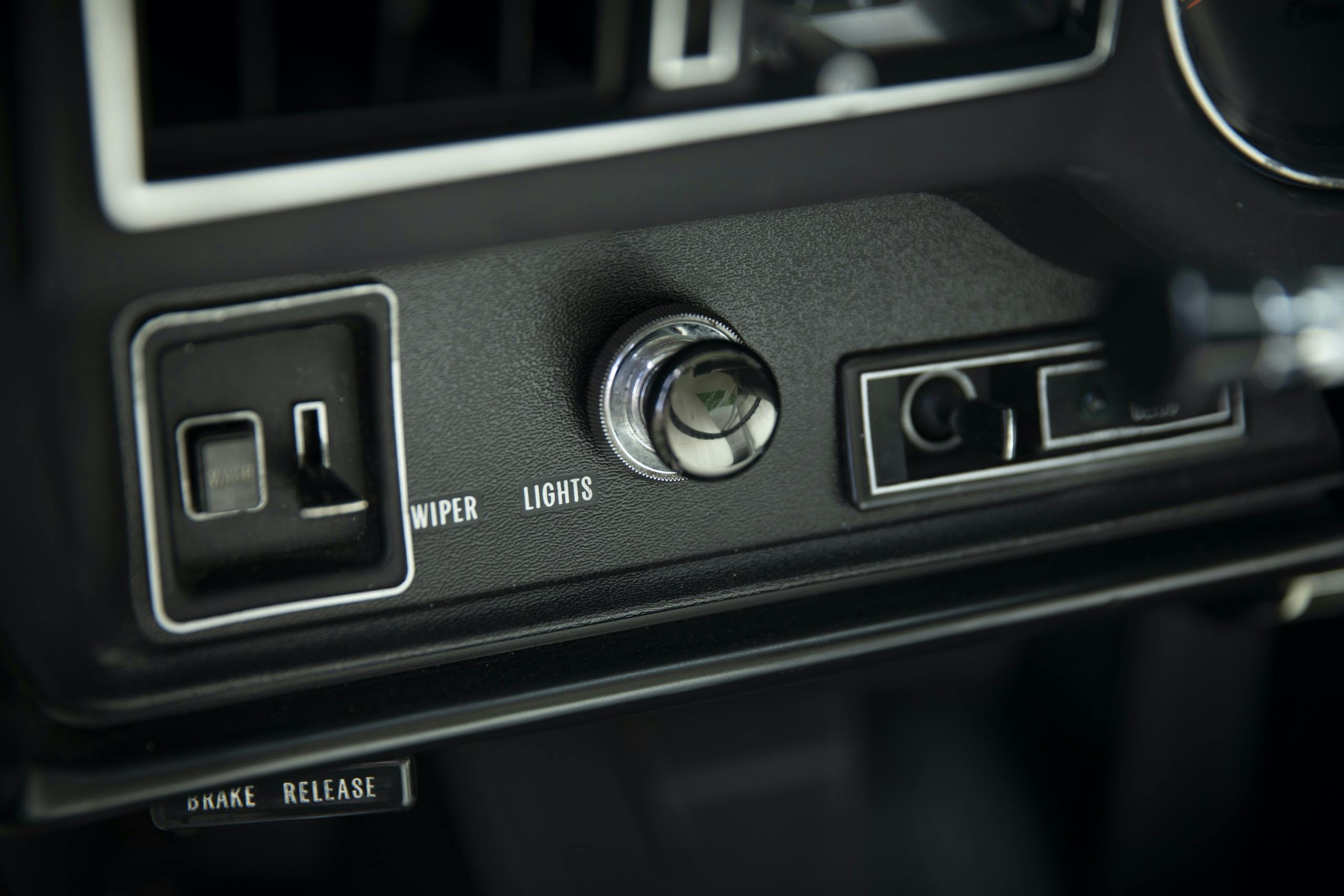
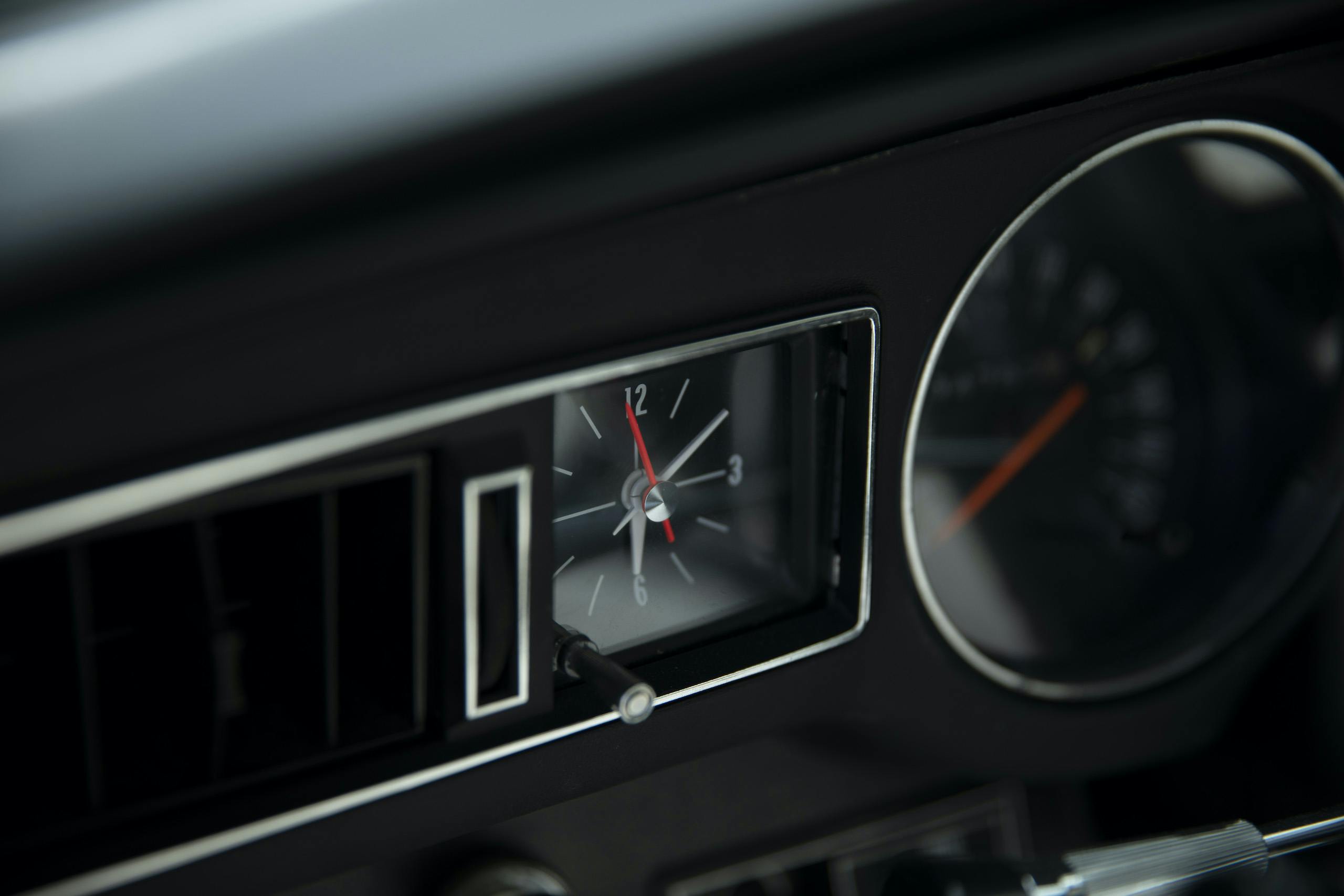
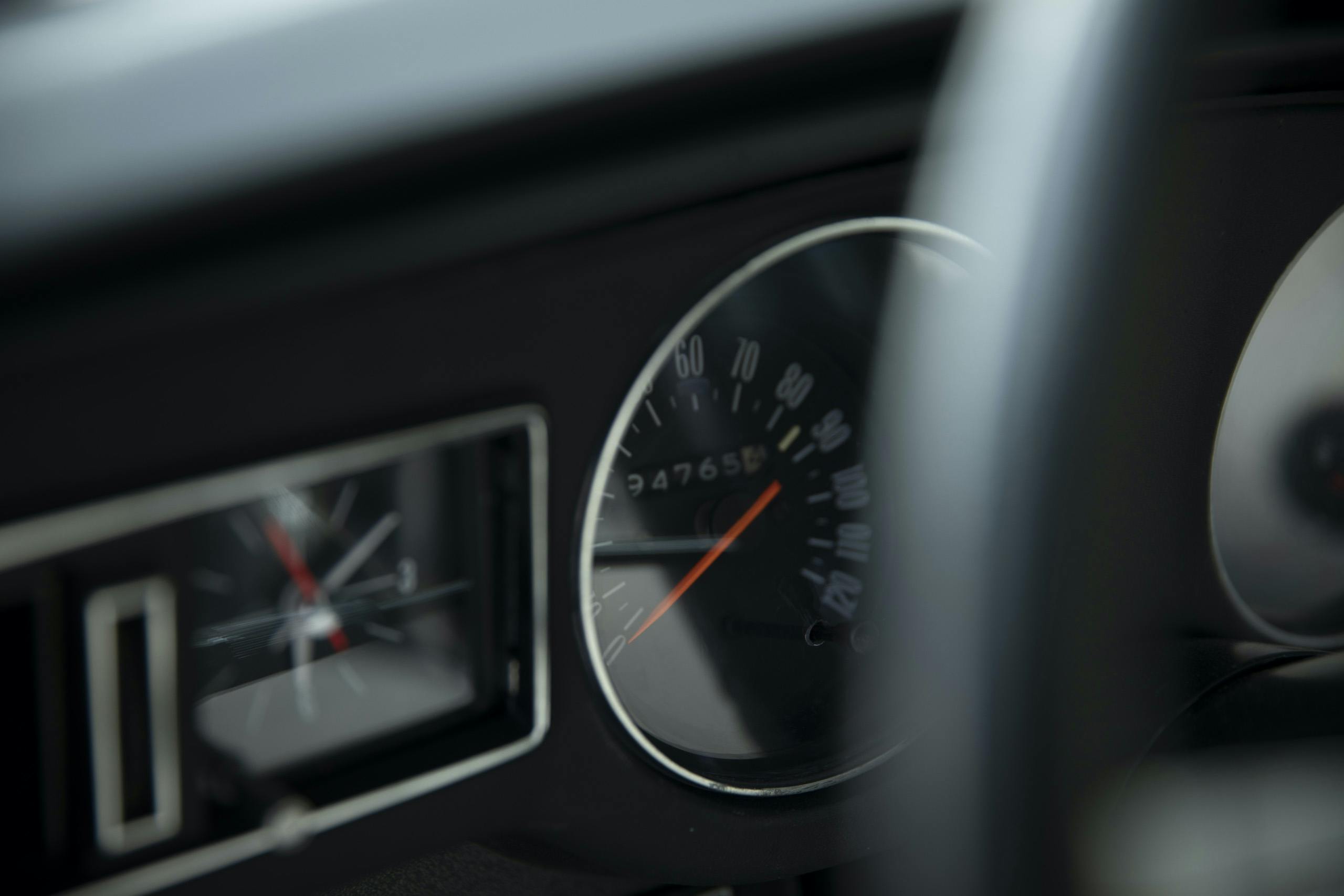
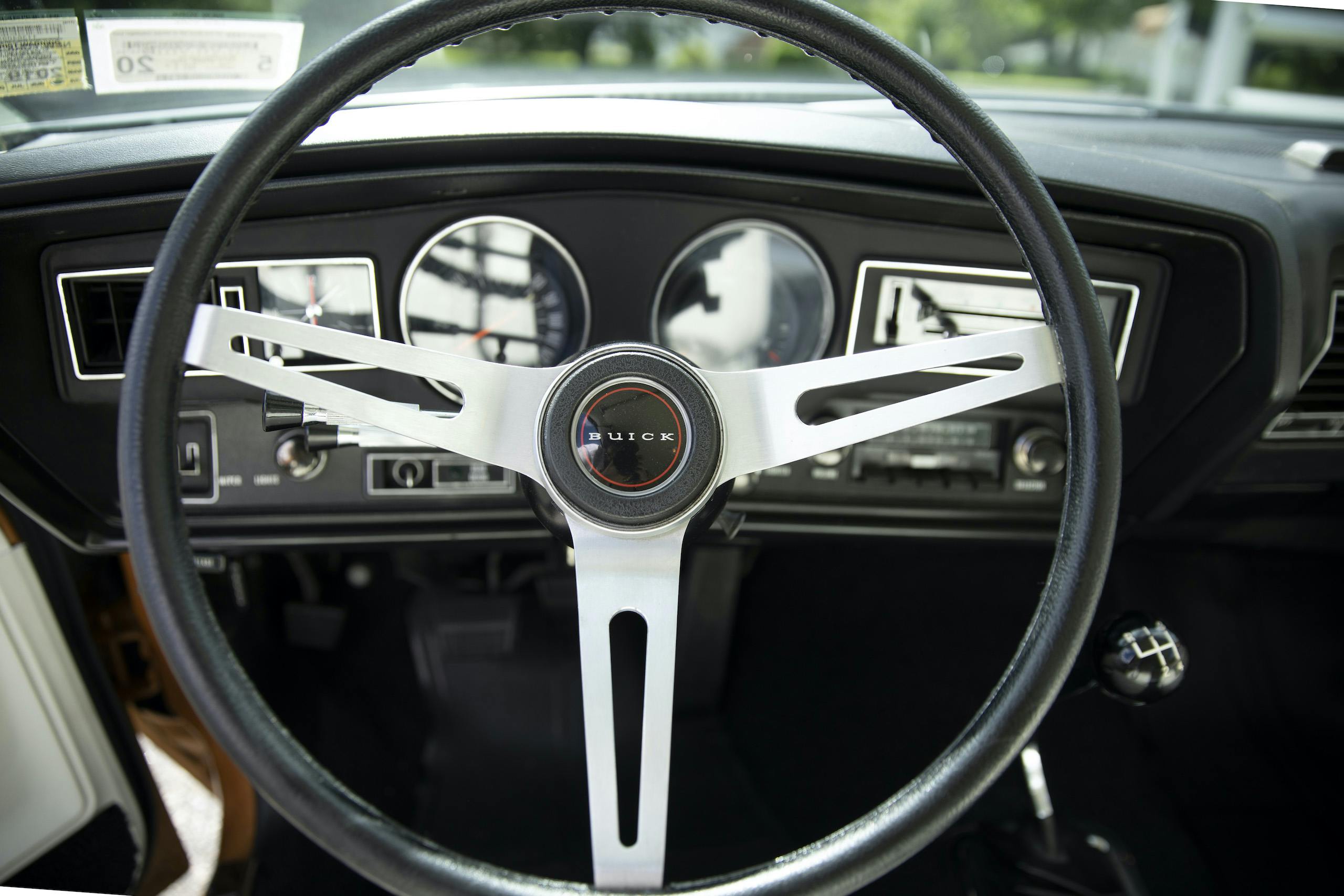
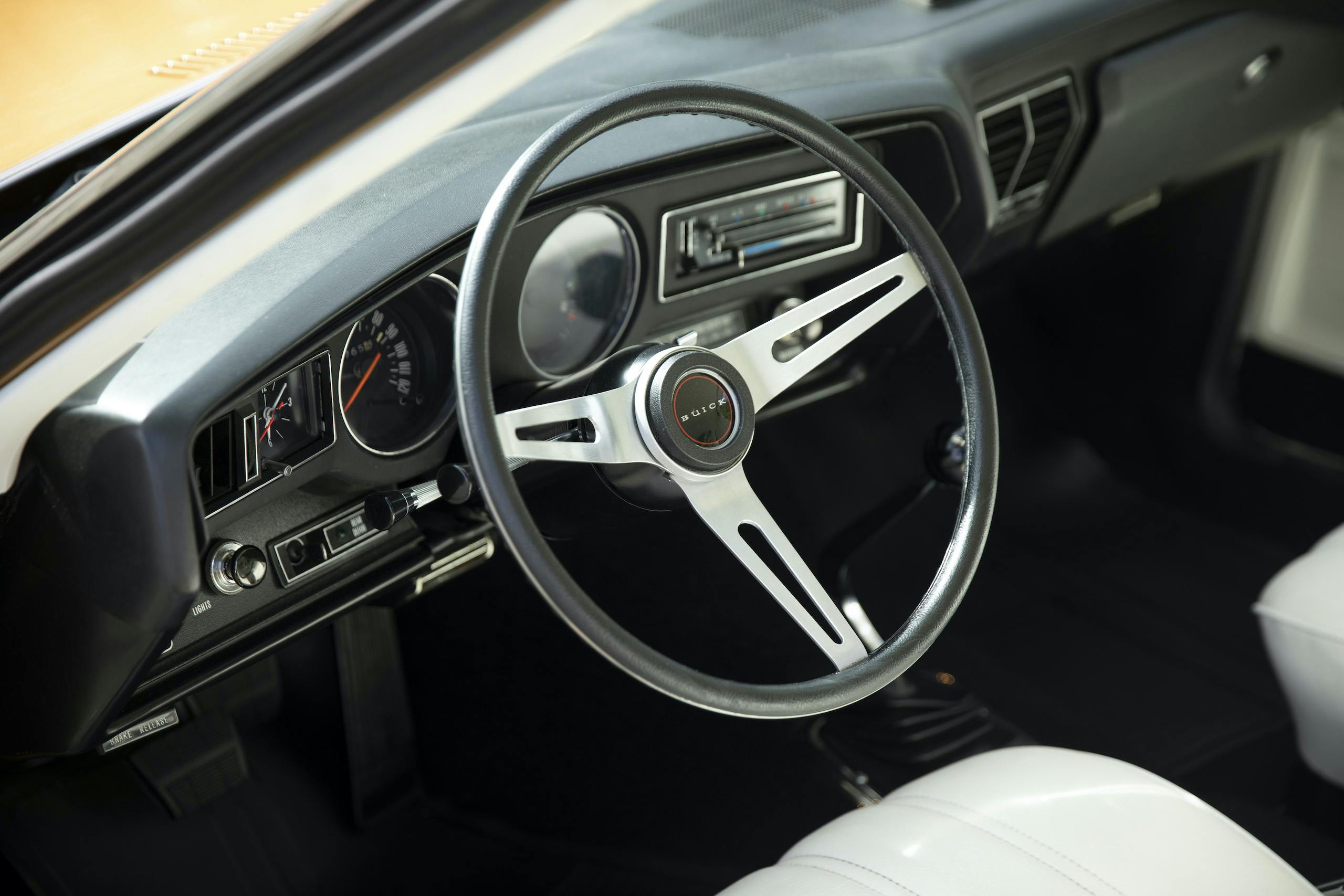
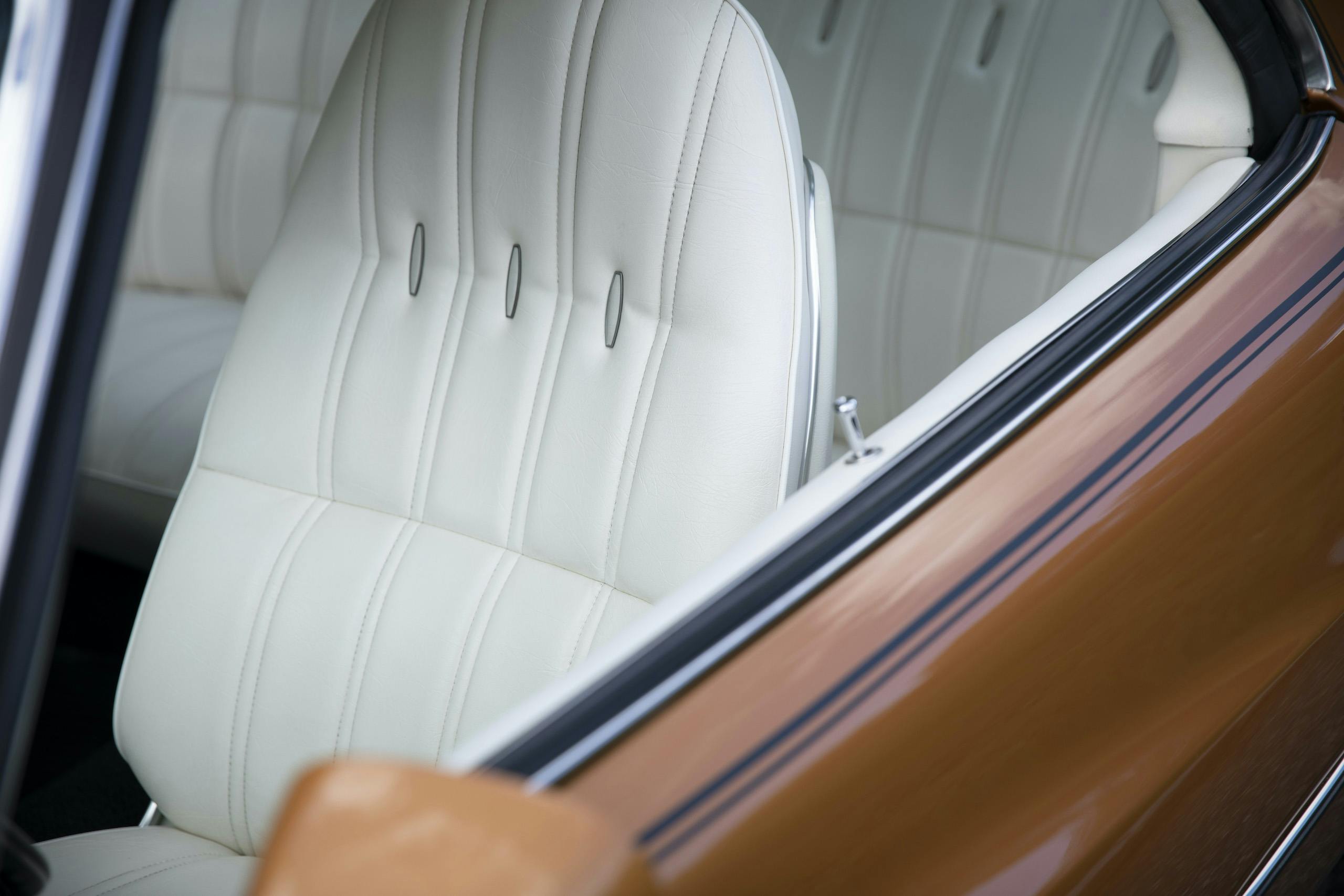
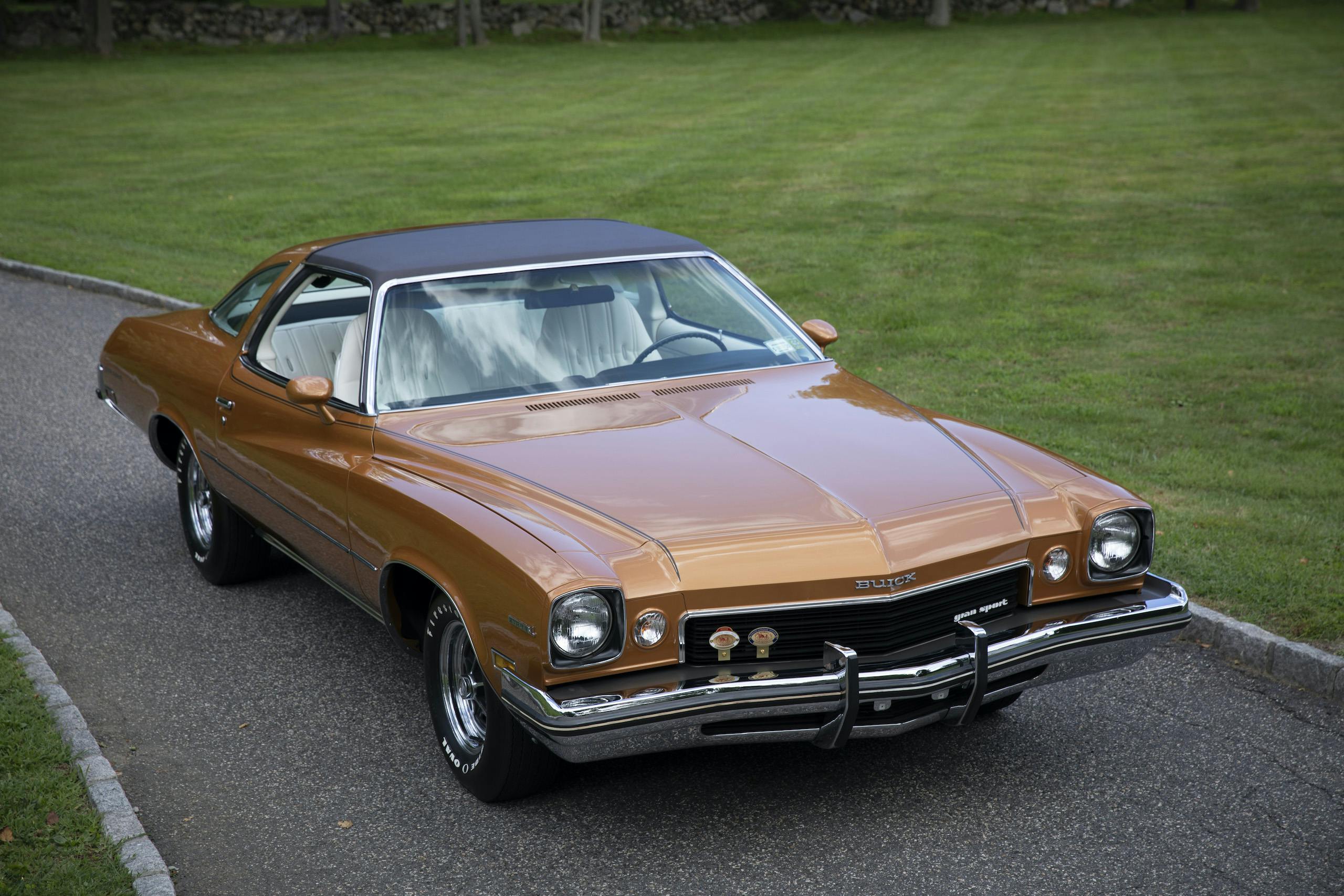

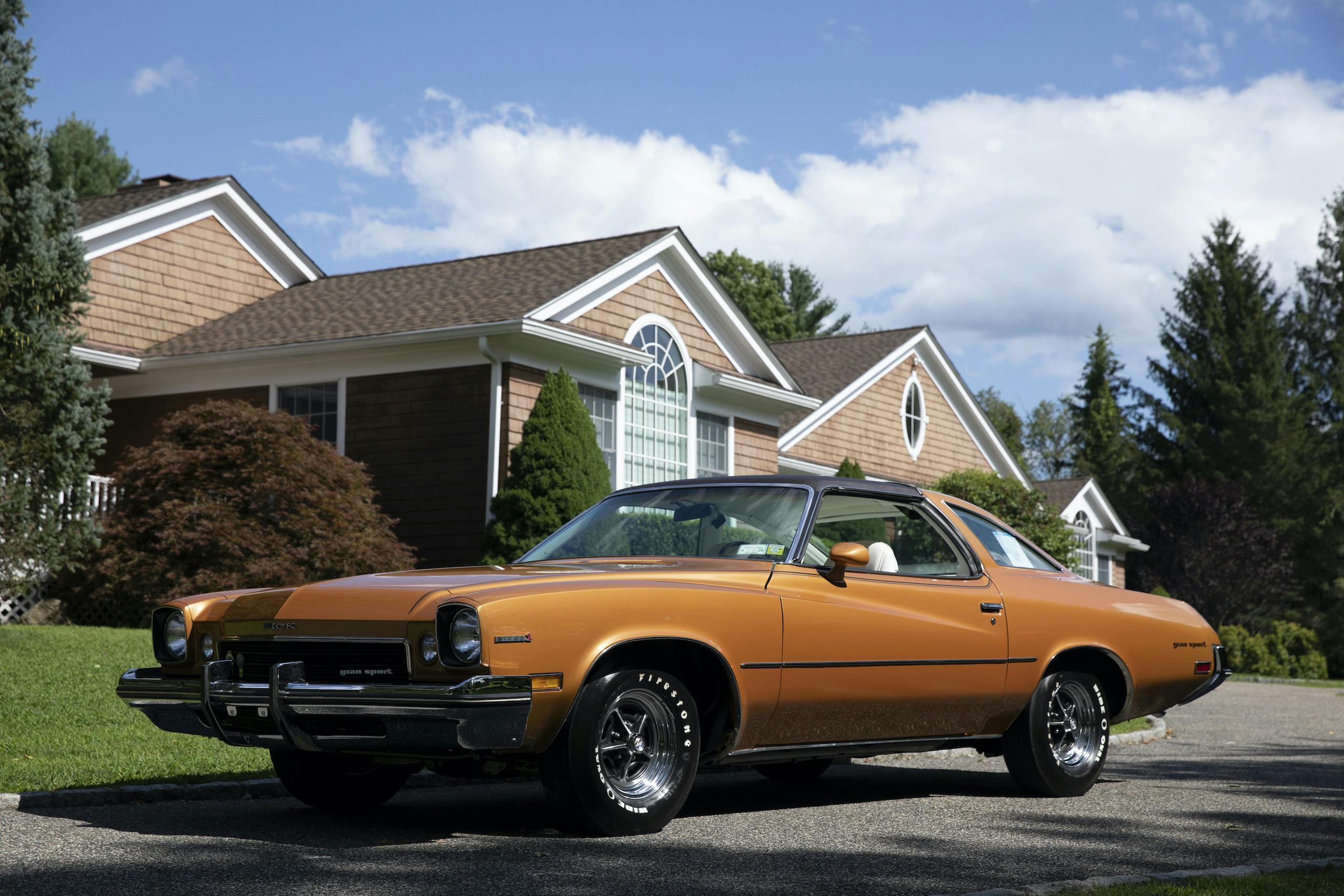


tell mr roitman or whoever is interested i have a 1973 4 speed stage 1 with ac and bench seat black in coloron seat shows 23 built i wud sell needs work but will run and drive
Hi Tony. Do you still have the car?
Still have? Pictures?
This is a really poorly researched article. First, the Buick GS 401 wasn’t the biggest engine in a muscle car in 1965. The Chrysler 426 Hemi and 413 wedge were both bigger than the Buick’s engine. Secondly, the power dropped very little if any between 1971 and 1972, the main reason the ratings are different is because of the switch to net horsepower ratings. Third, every performance car isn’t a “muscle car”. A straight eight Buick Roadmaster is certainly not a muscle car. It is a luxury high performance car. And lastly, I hate it when somebody claims they know how many of a certain car exists. The truth is that nobody knows how many of them are still out there. There are likely some Century Gran Sports in barns somewhere in secluded rural areas that the registry authors don’t know about. There are some old cars on my family’s property, and nobody knows they exist except for me and a few relatives. None of them are as rare as the Century Gran Sport Stage 1, but my point is that it’s awfully pretentious to claim that you know how many of a certain car still exists, because you simply don’t know how many are out there that nobody knows about except for the owner.. Not every owner added their car to this registry.
sad part of this is when I was in high school I had one of these cars. 1973 Buick grand sport dark blue with a white vinyl top 455 four speed stage one car my dad on the salvage yard and we jumped the car after I got out of high school and this was in 1977 had no idea it was that rare . It had a set American racing wheels on it as well. Don’t know if that was factory or not.